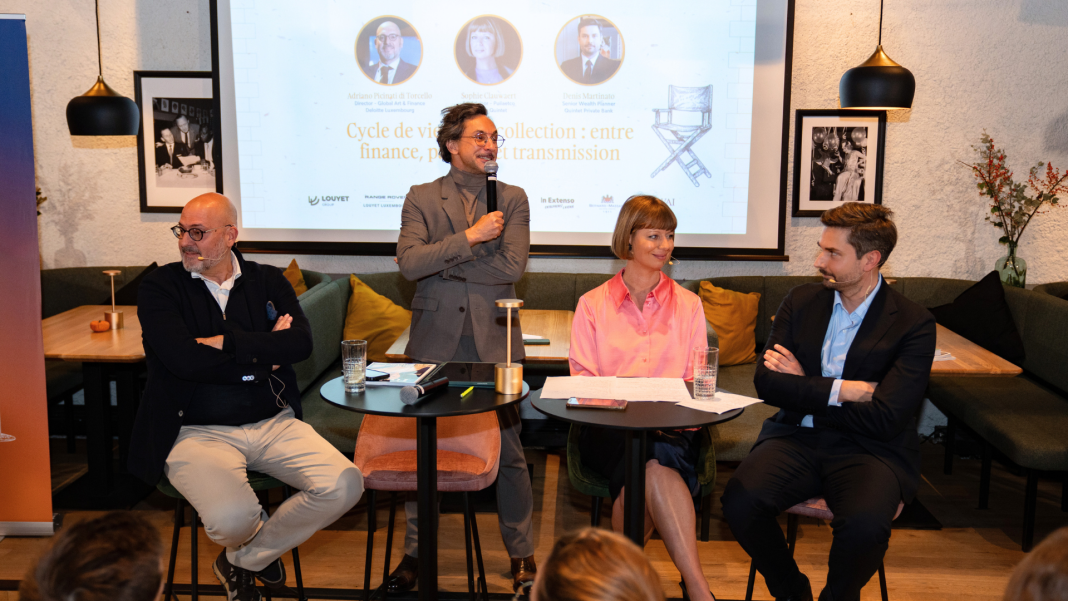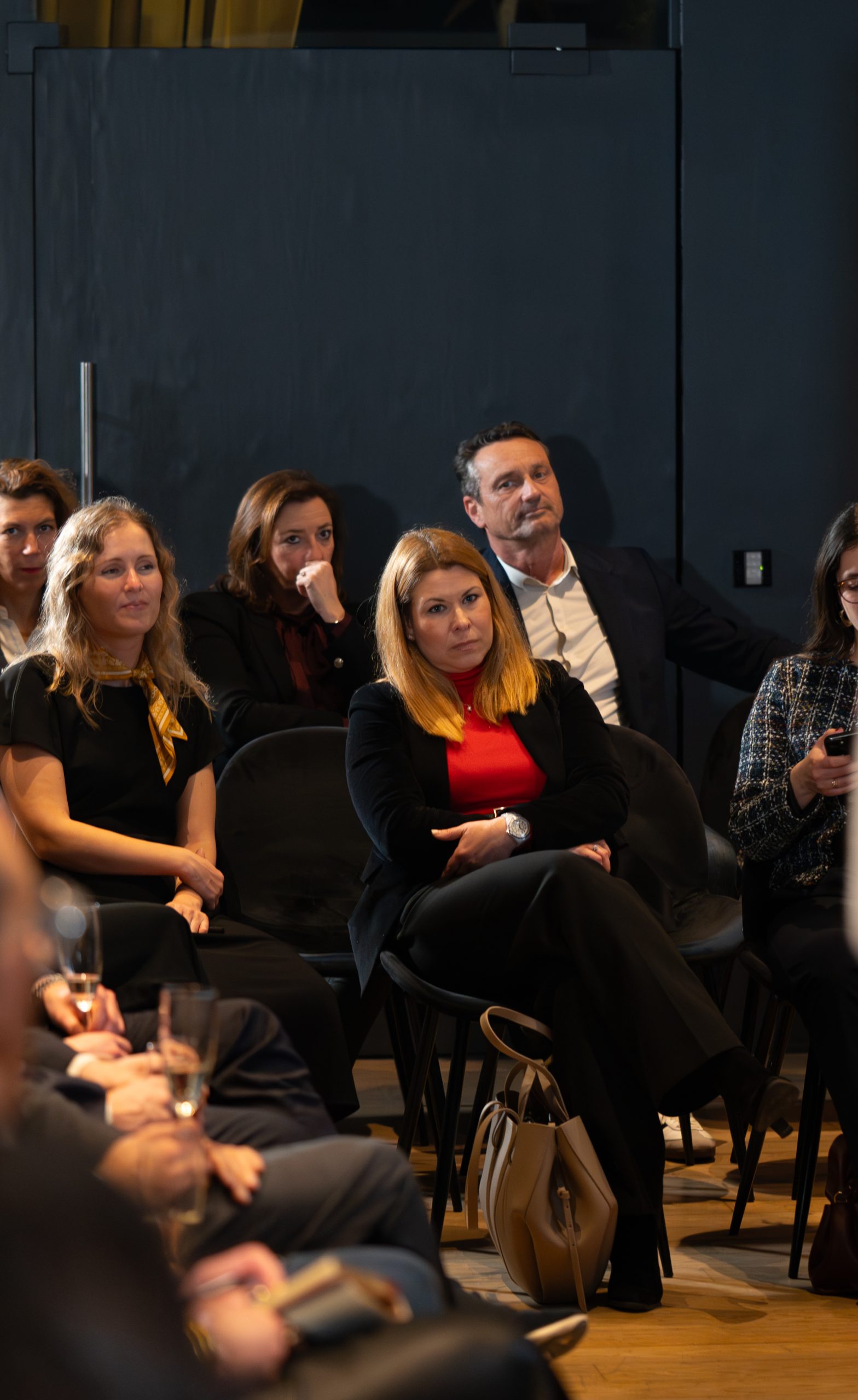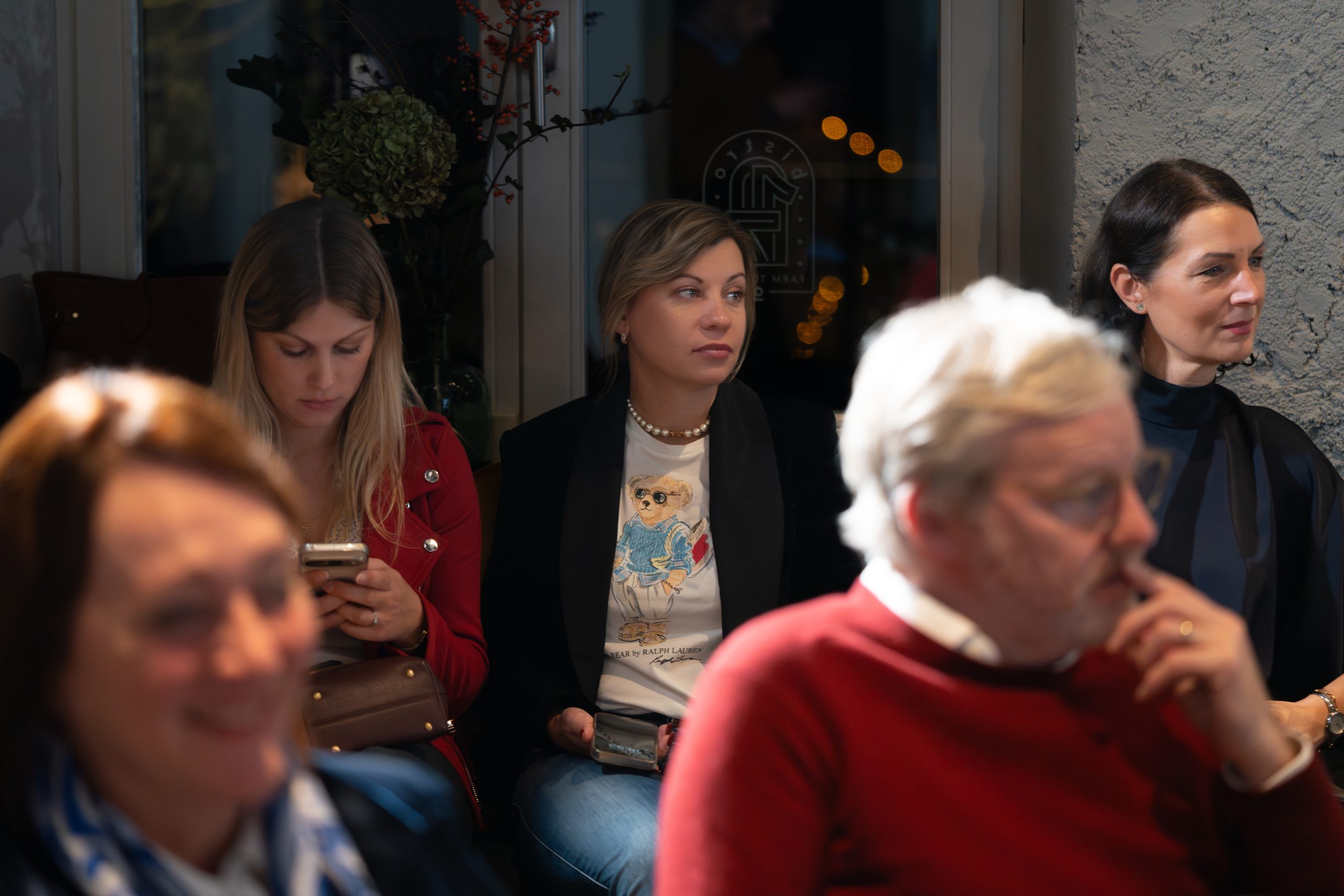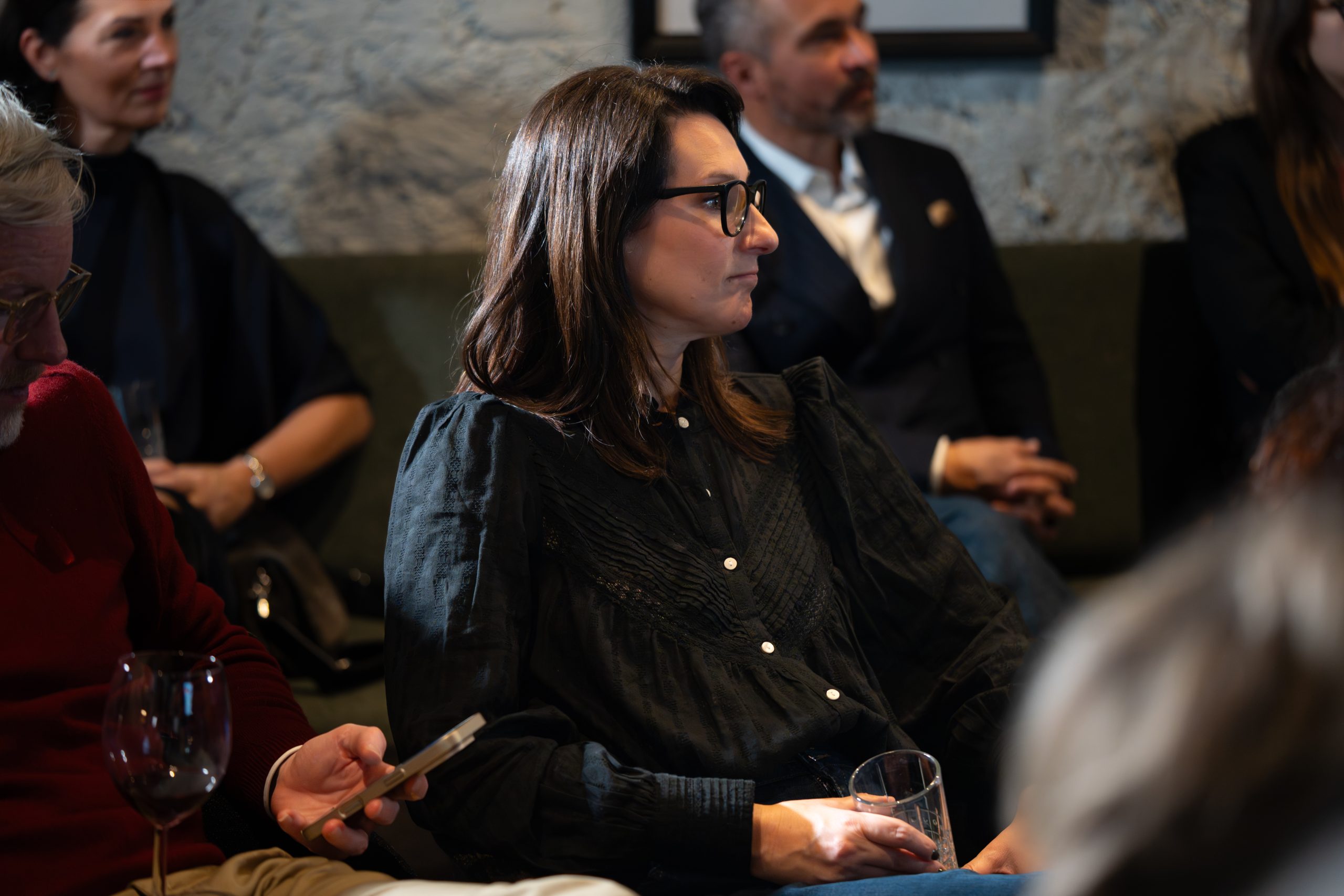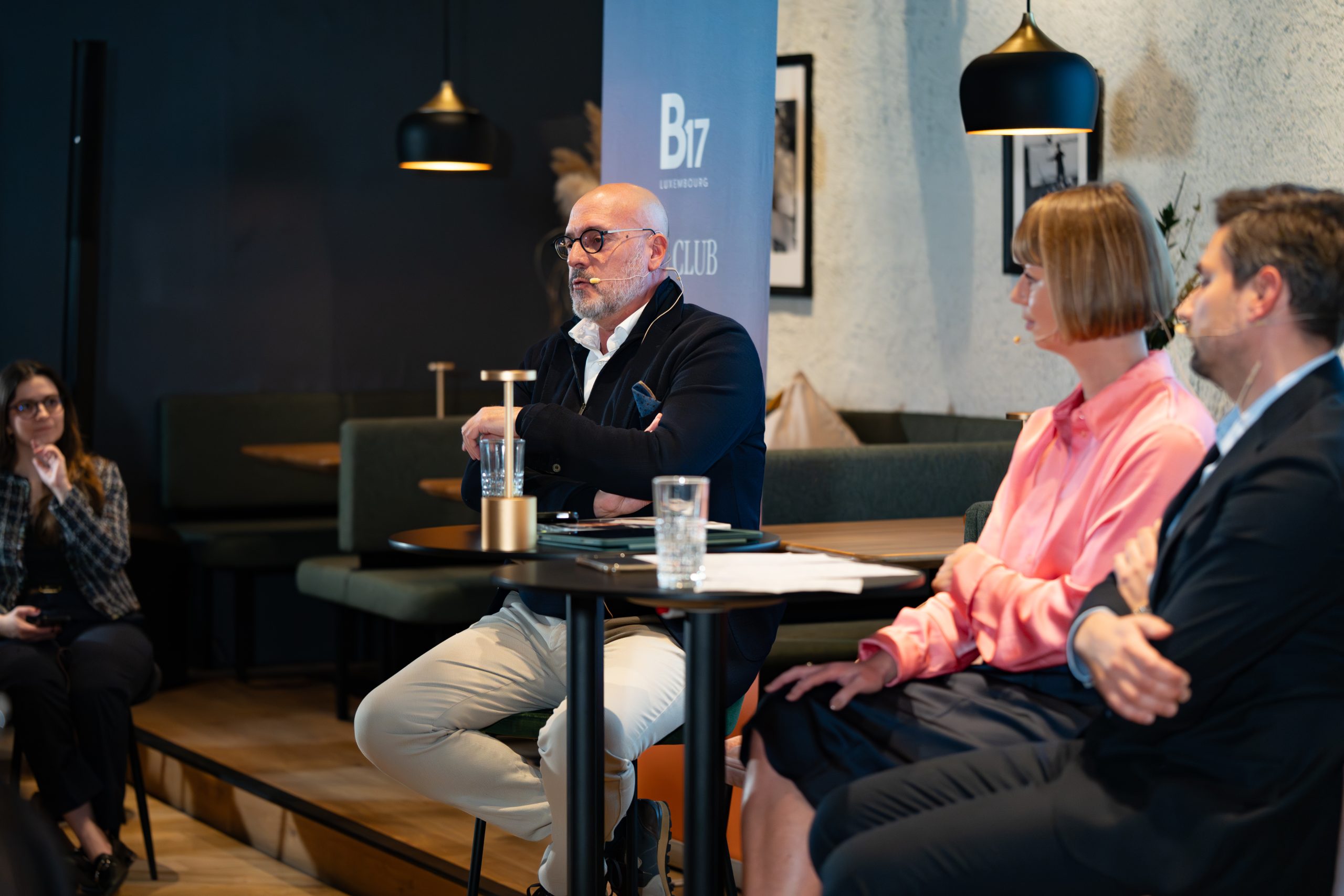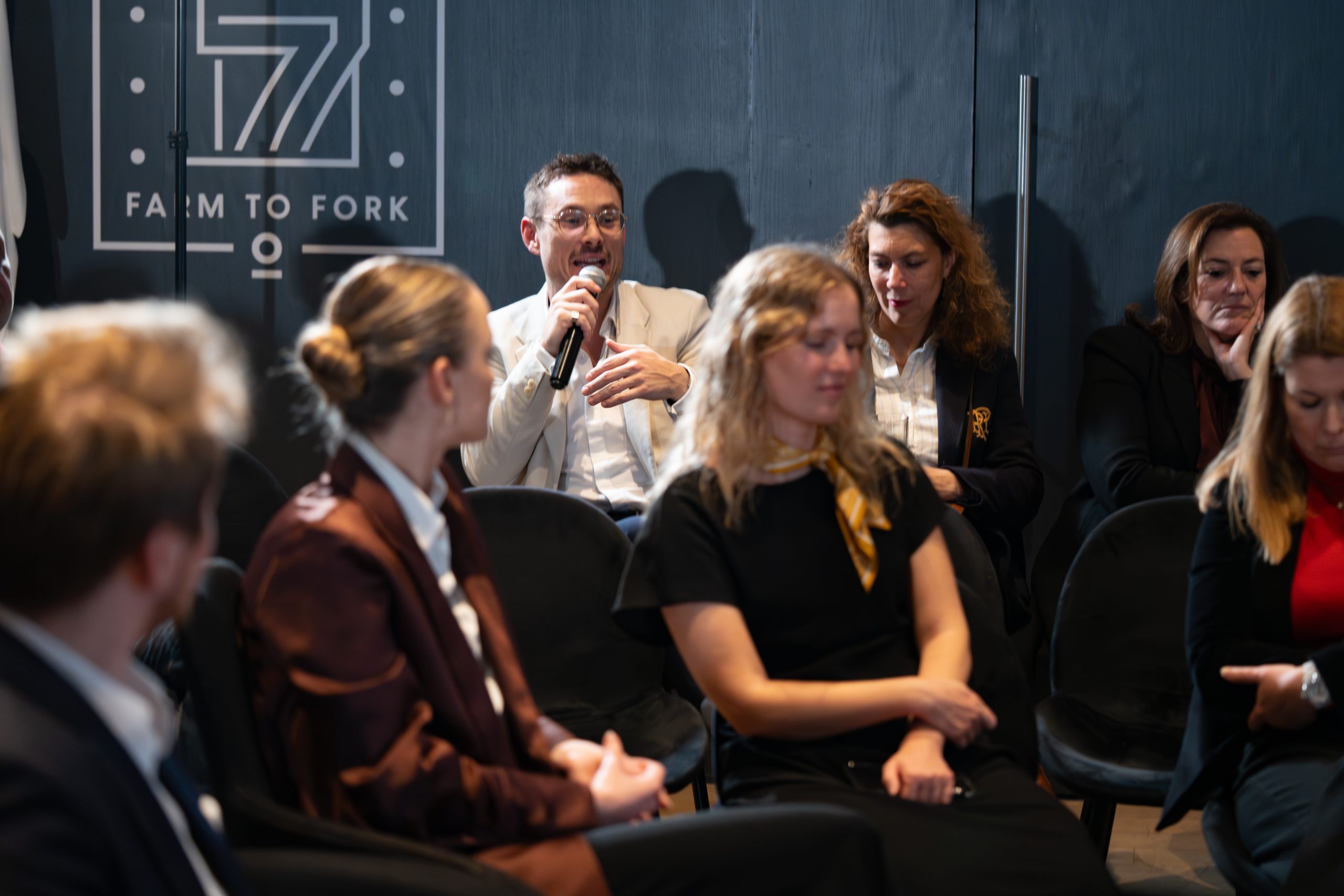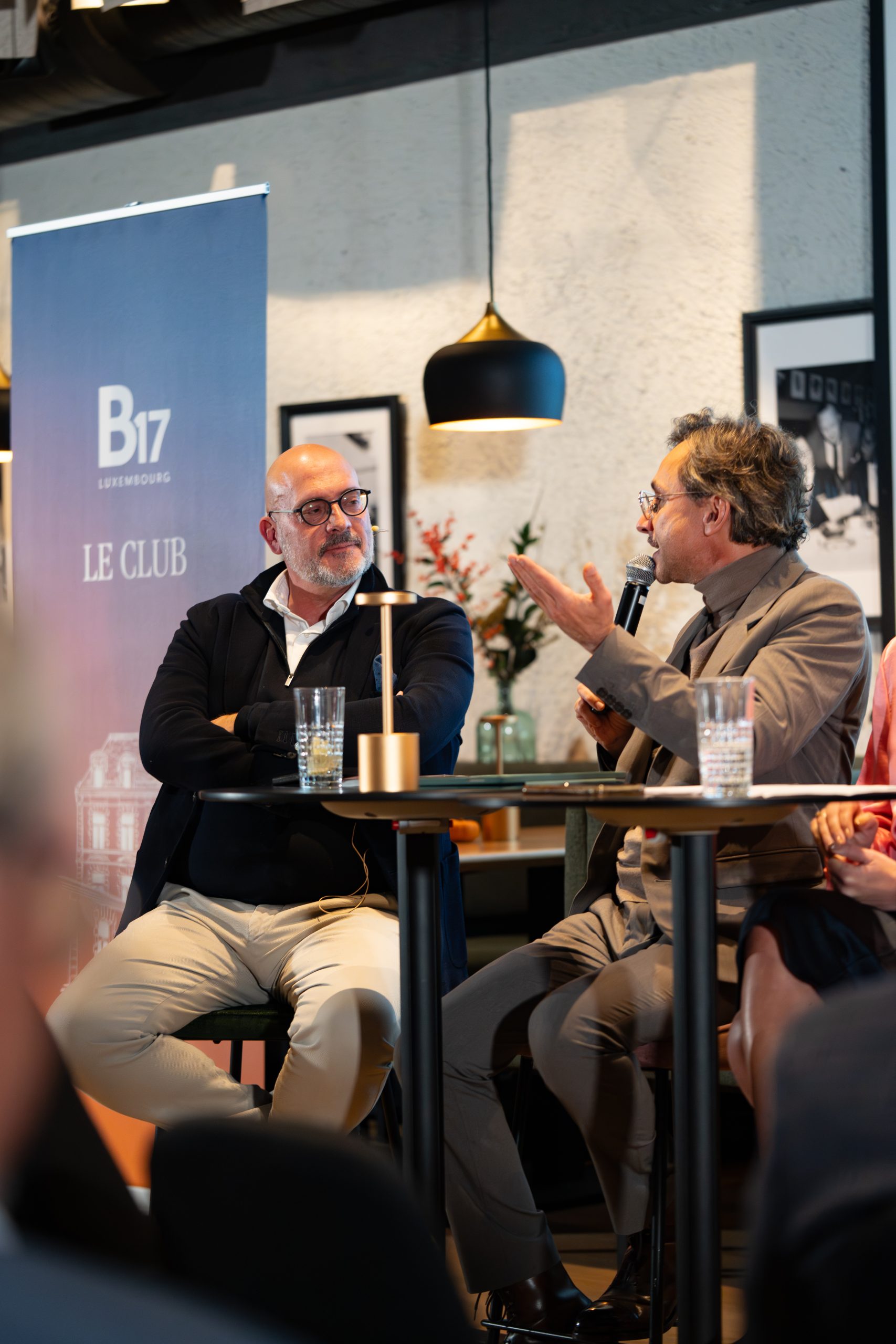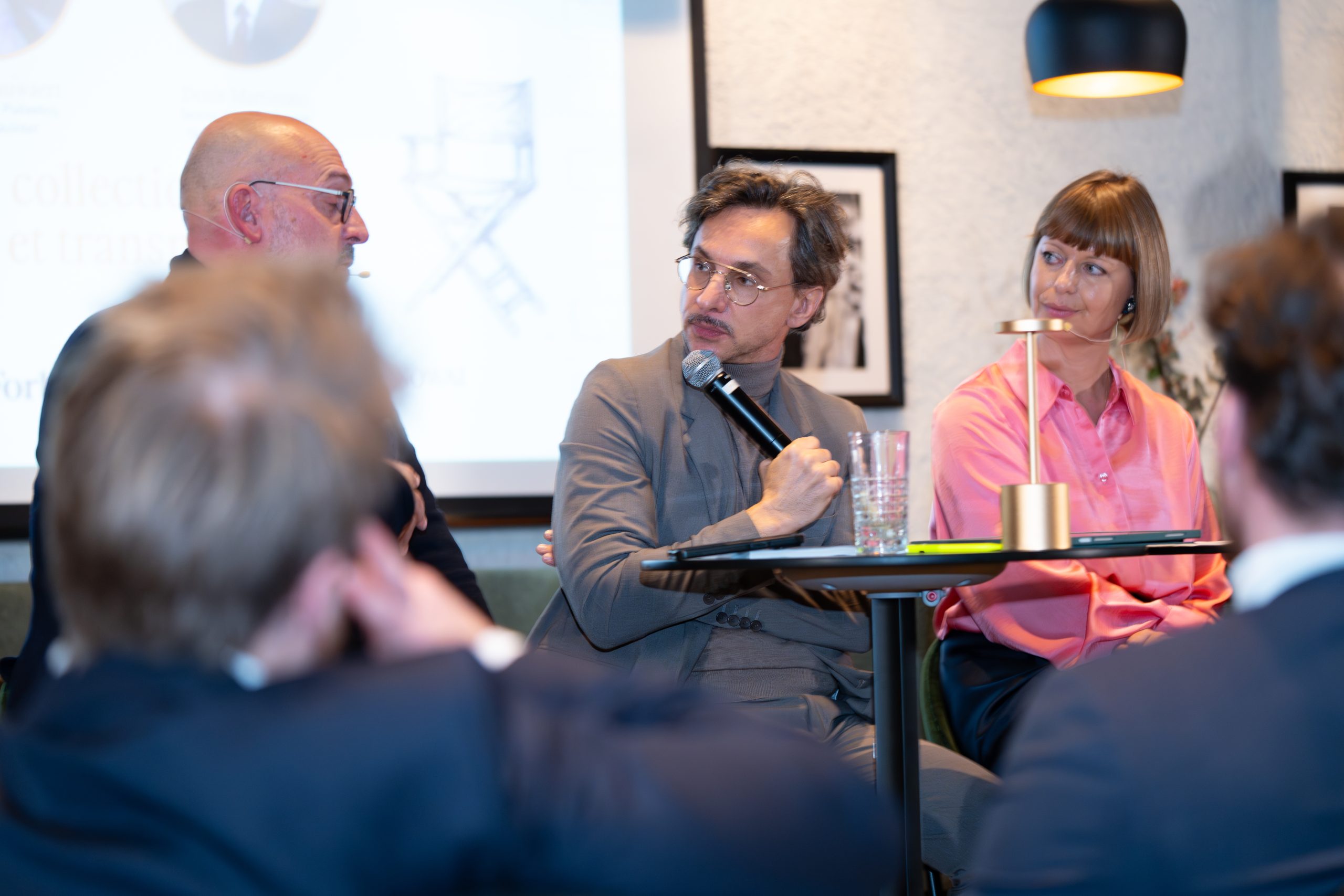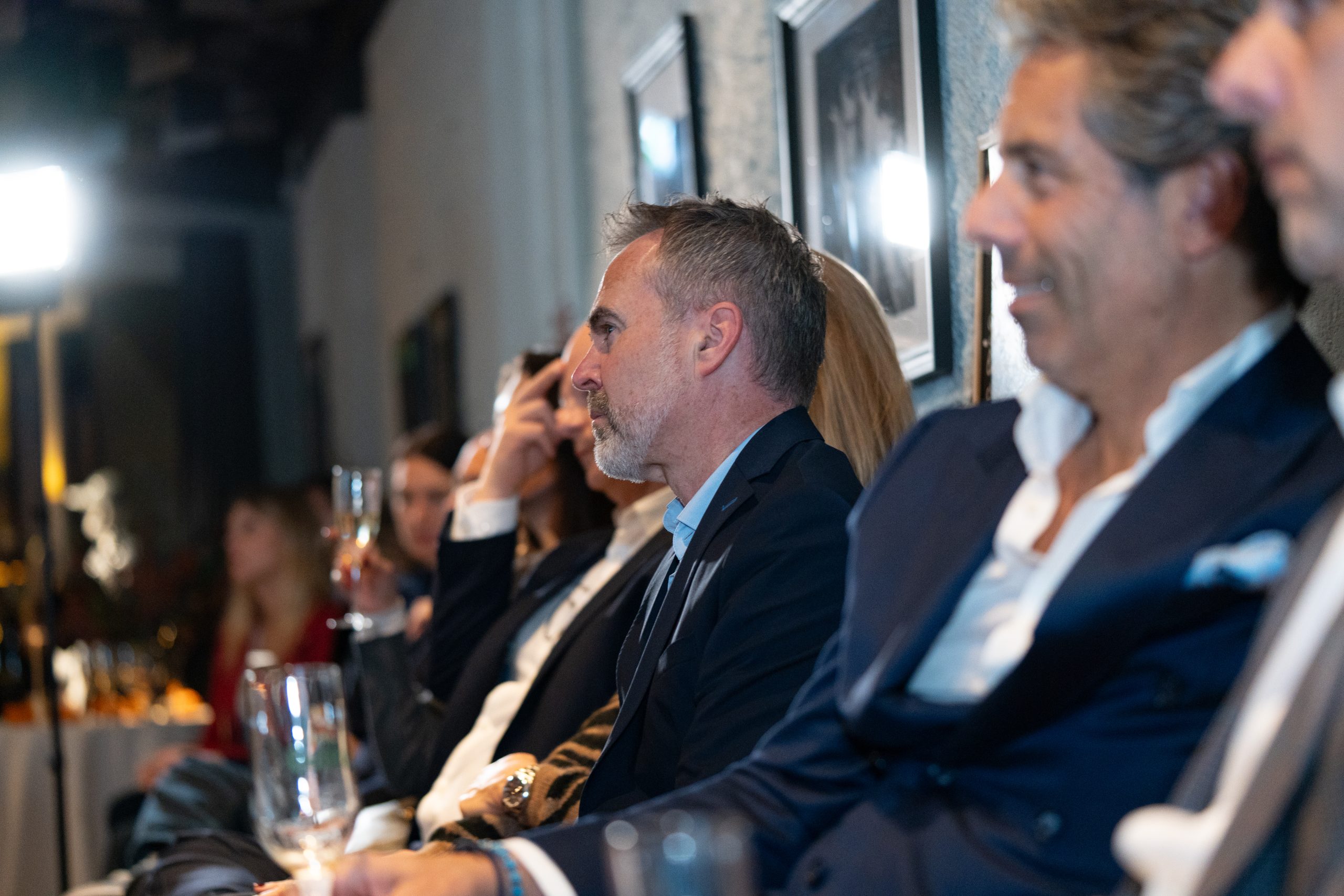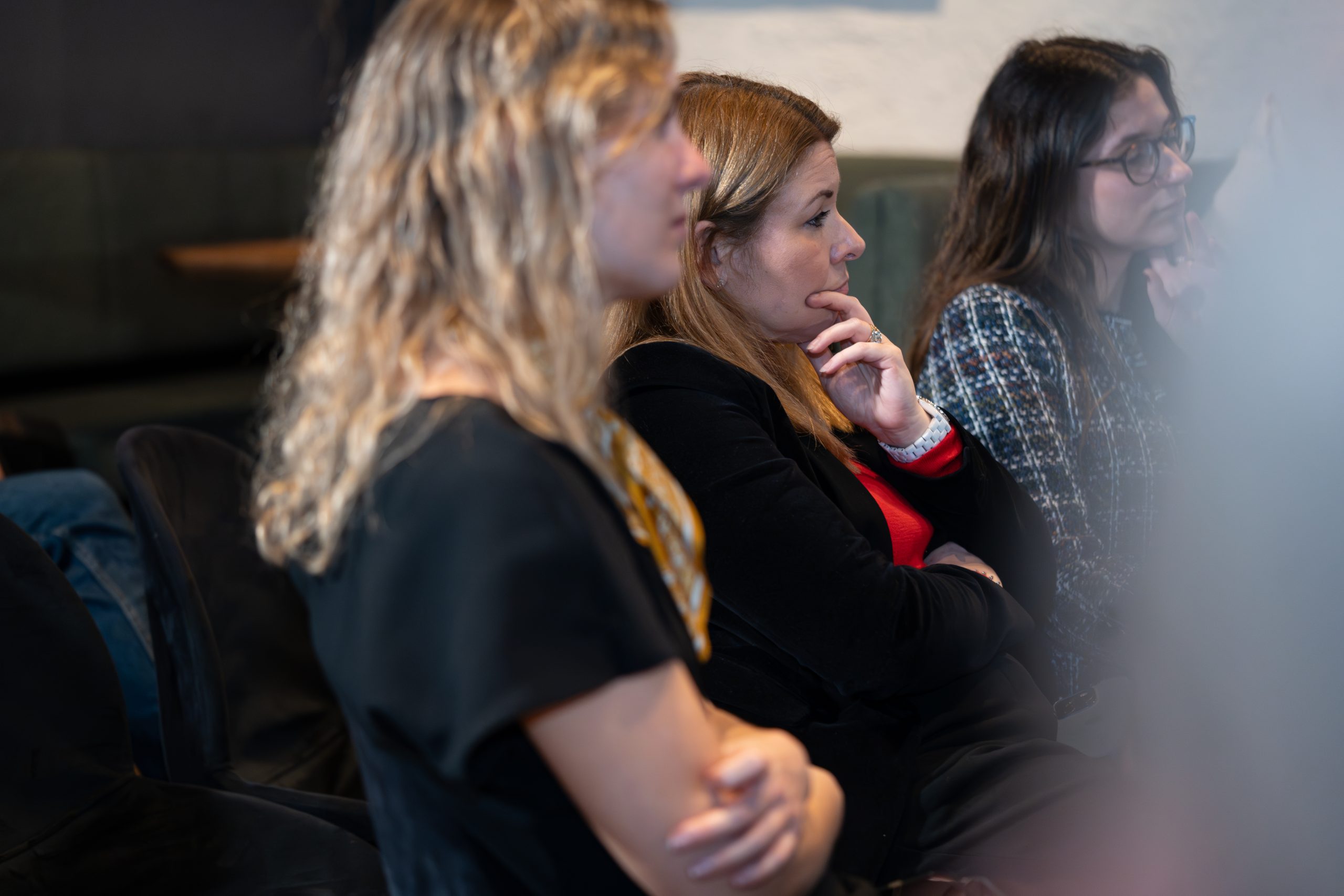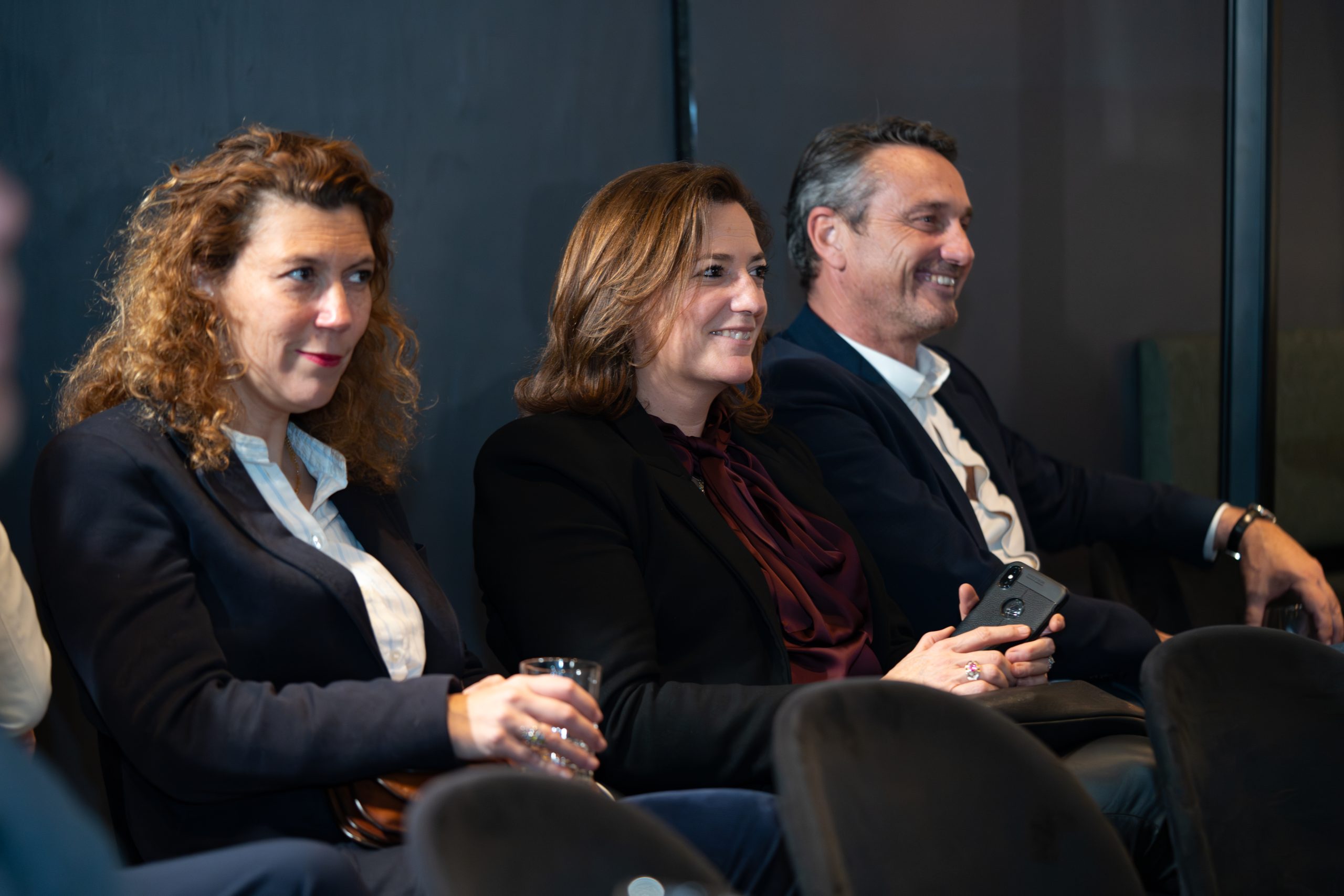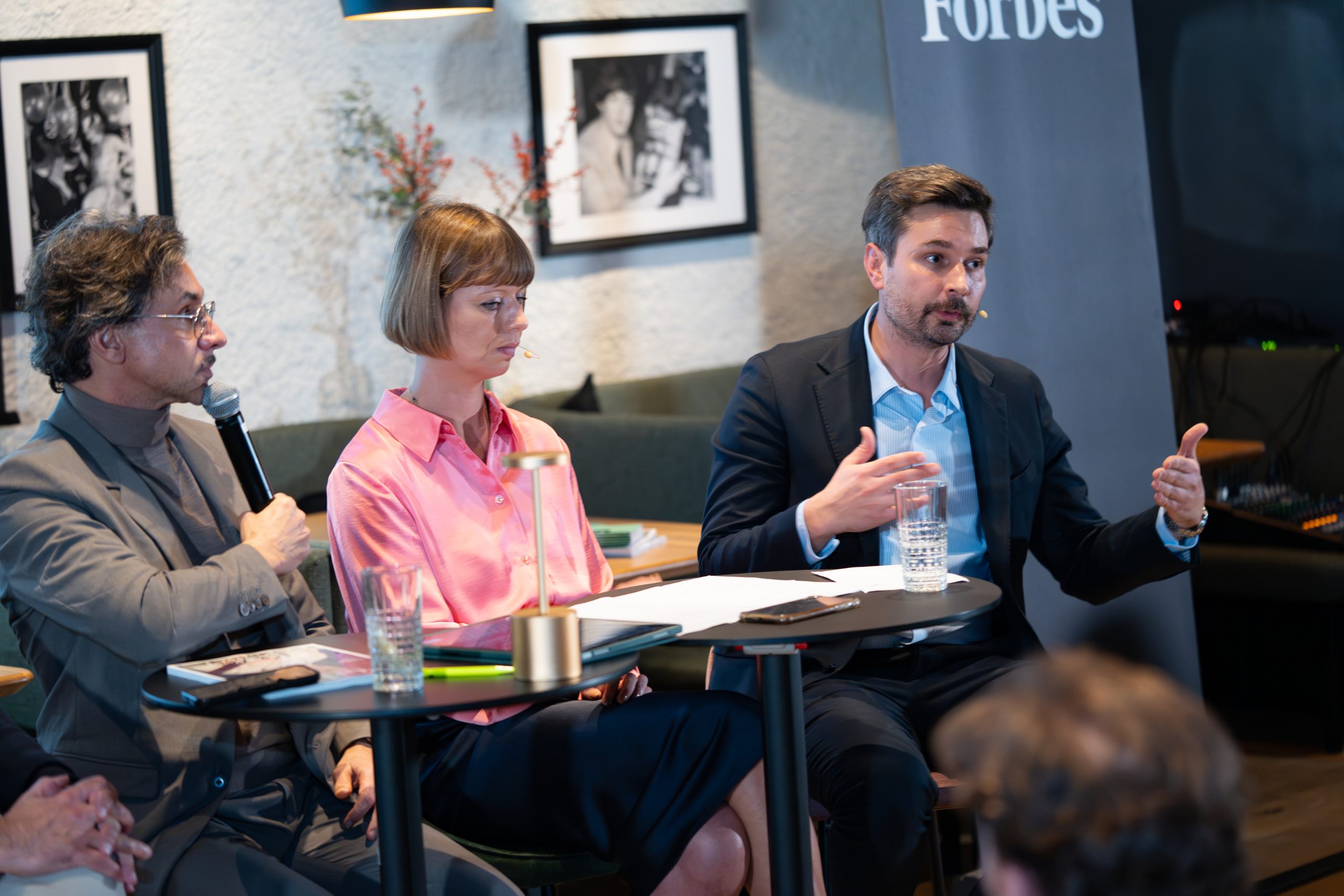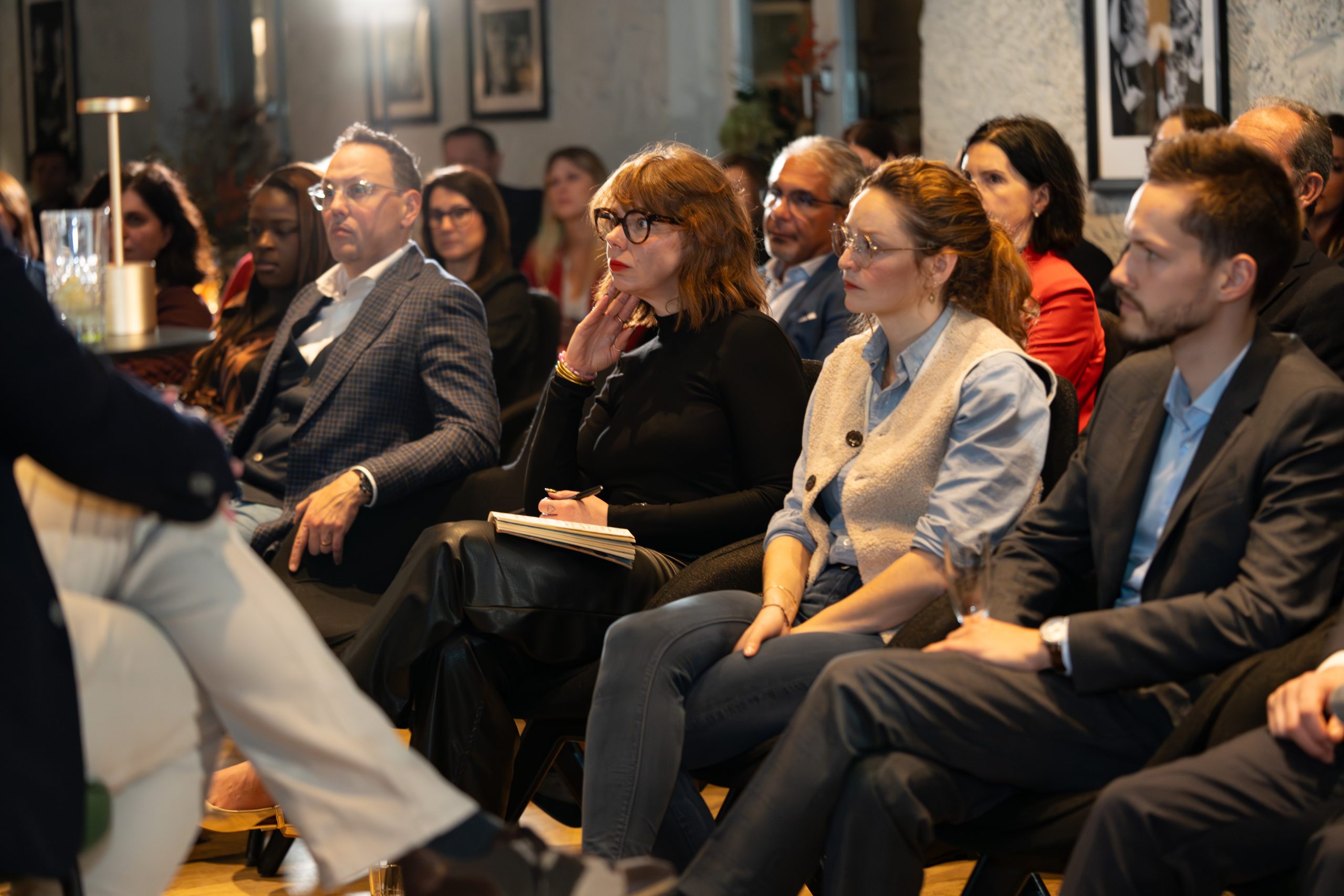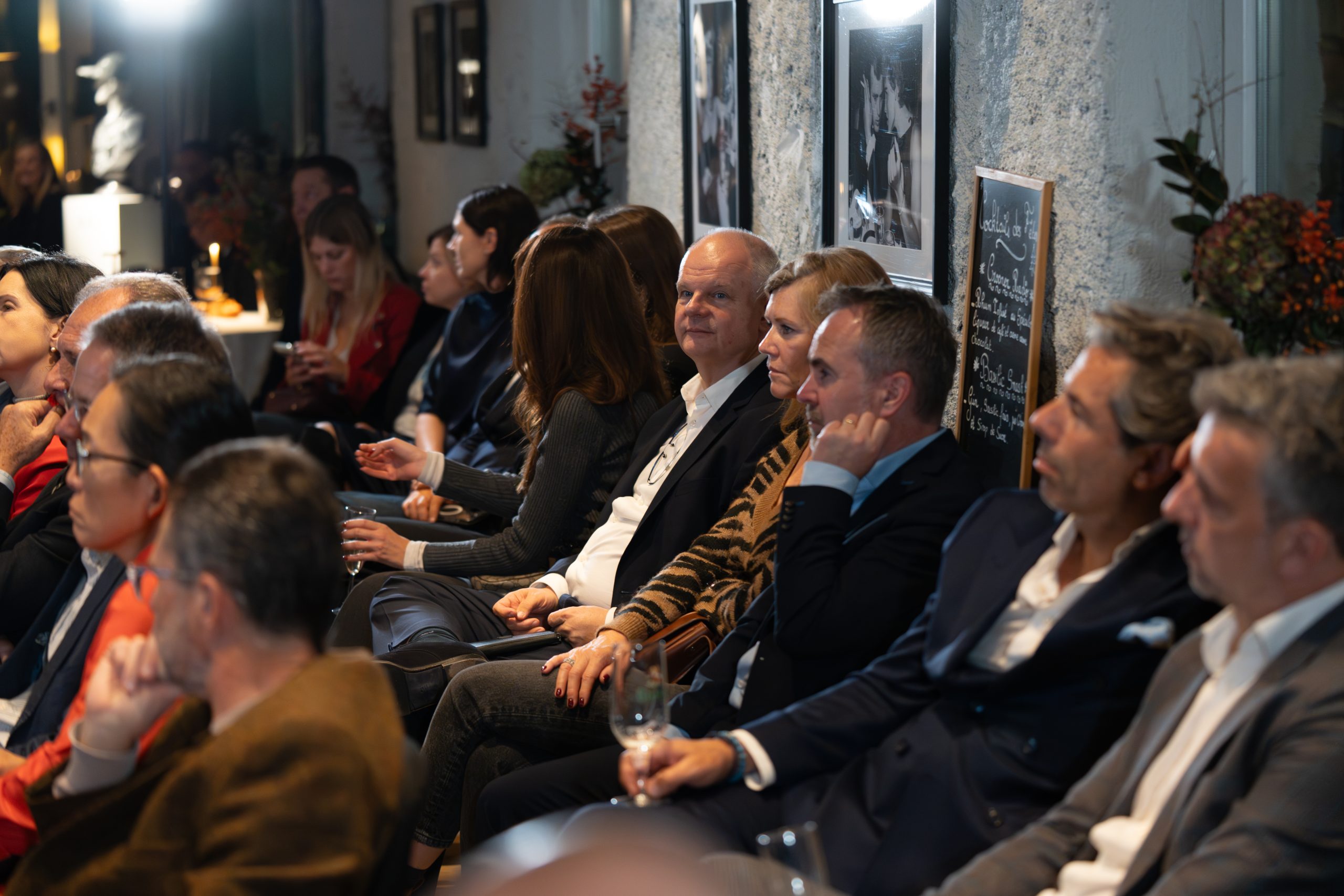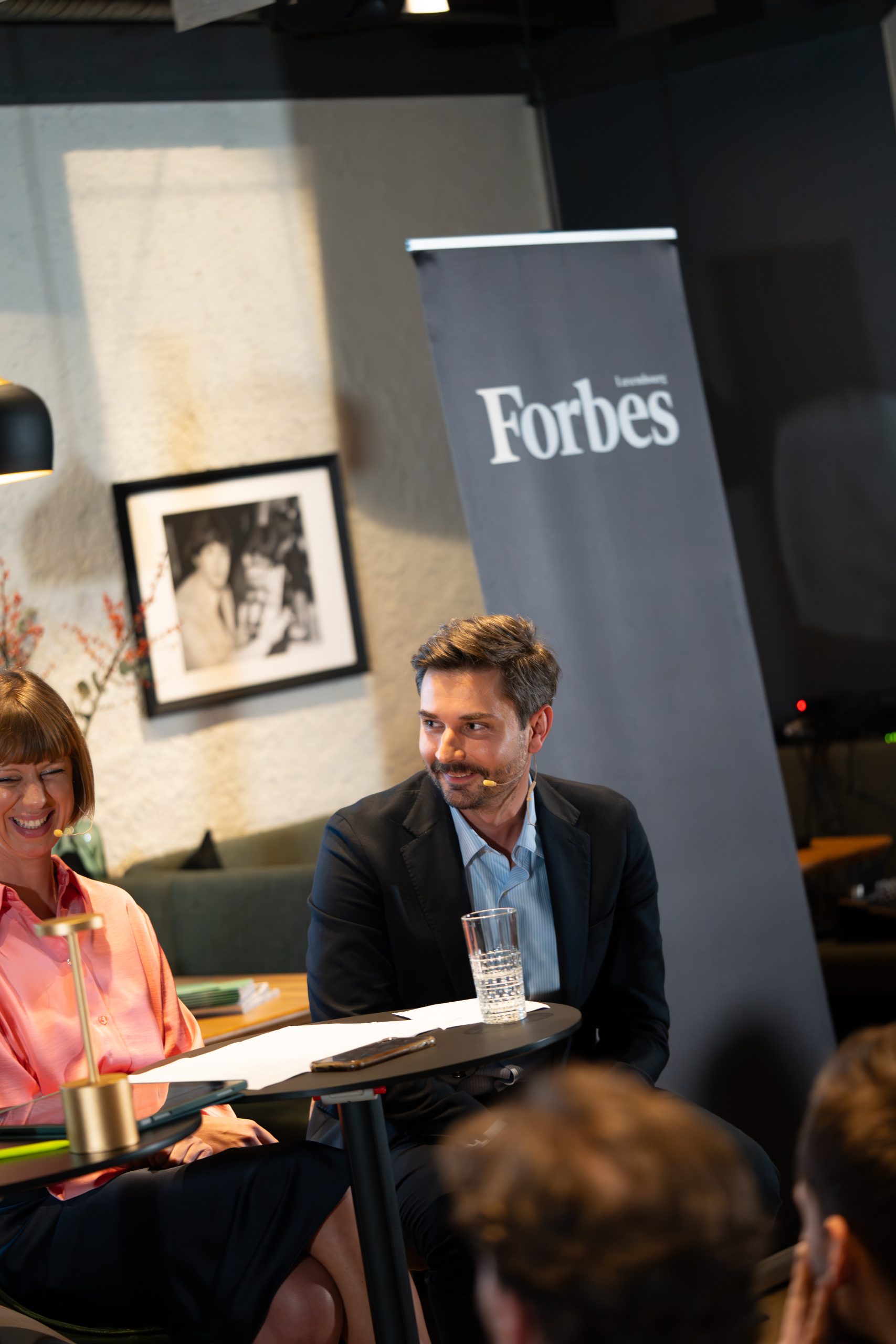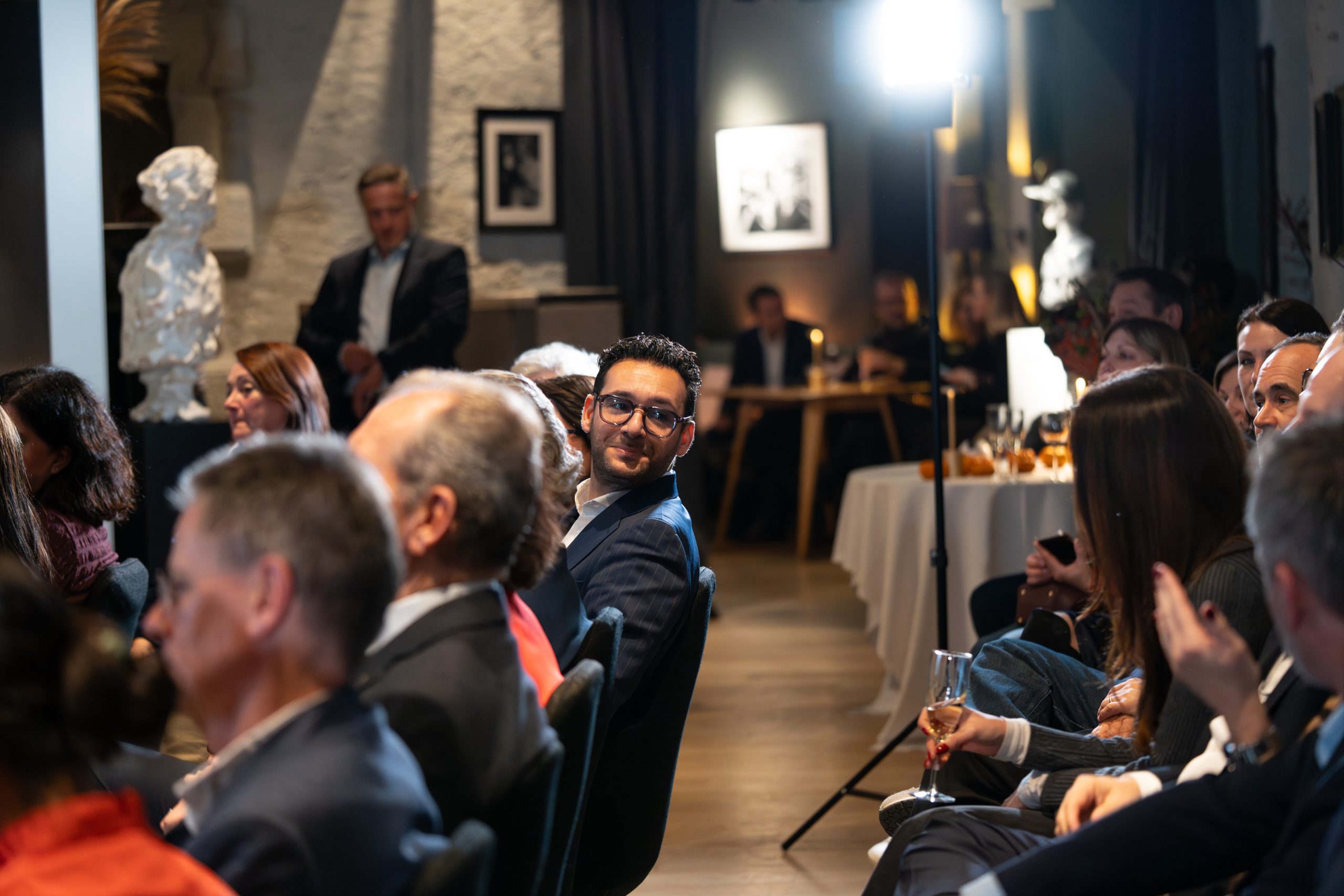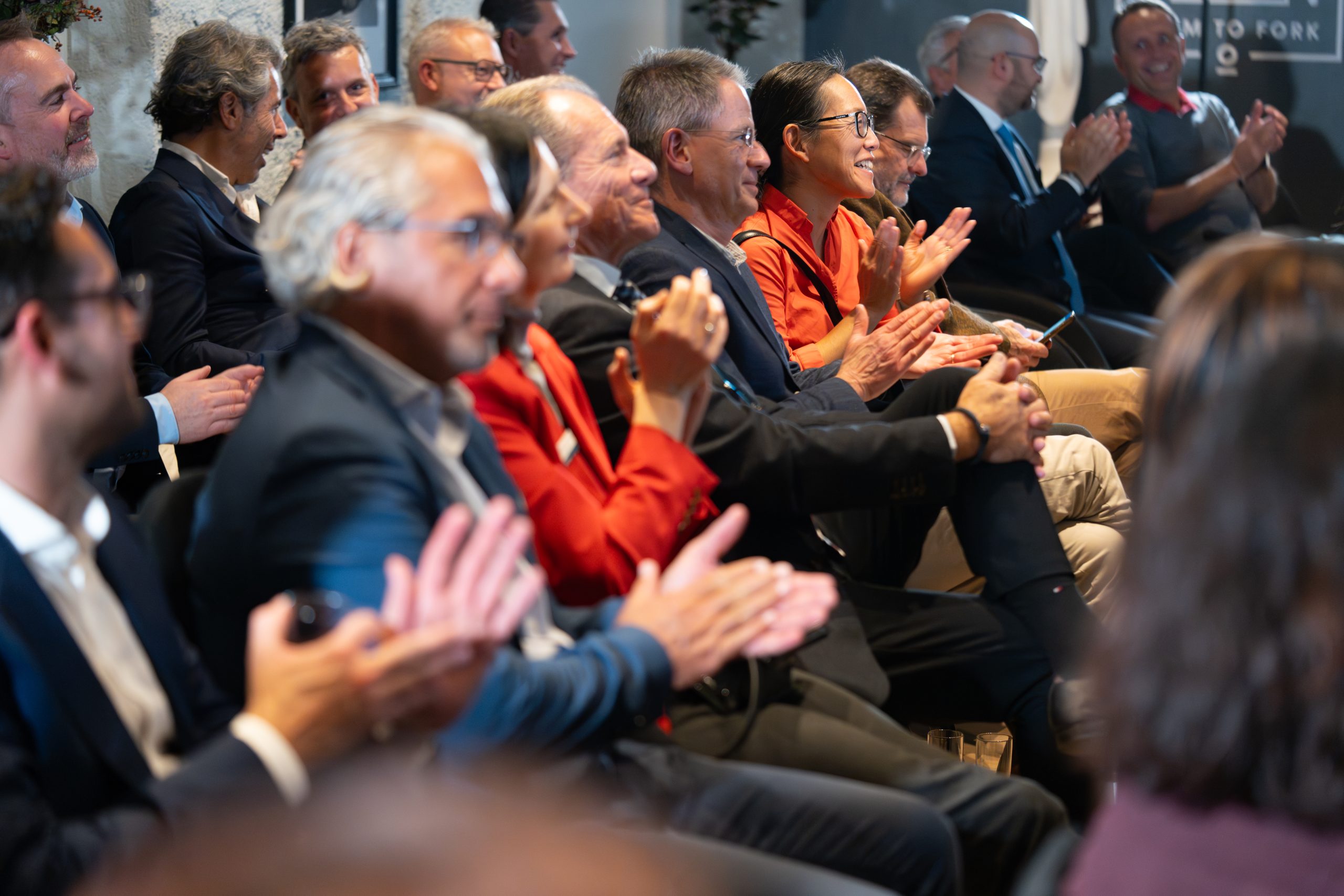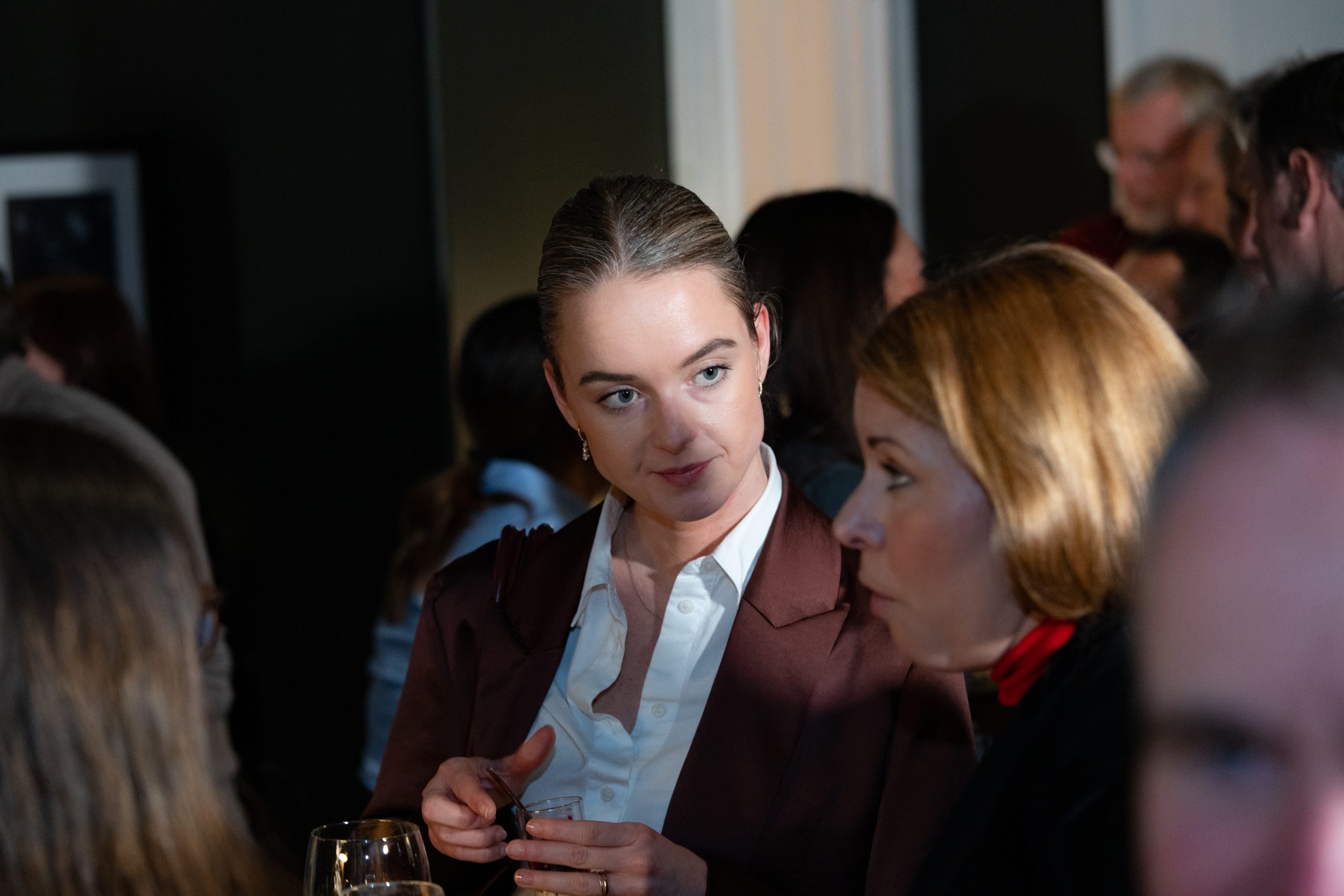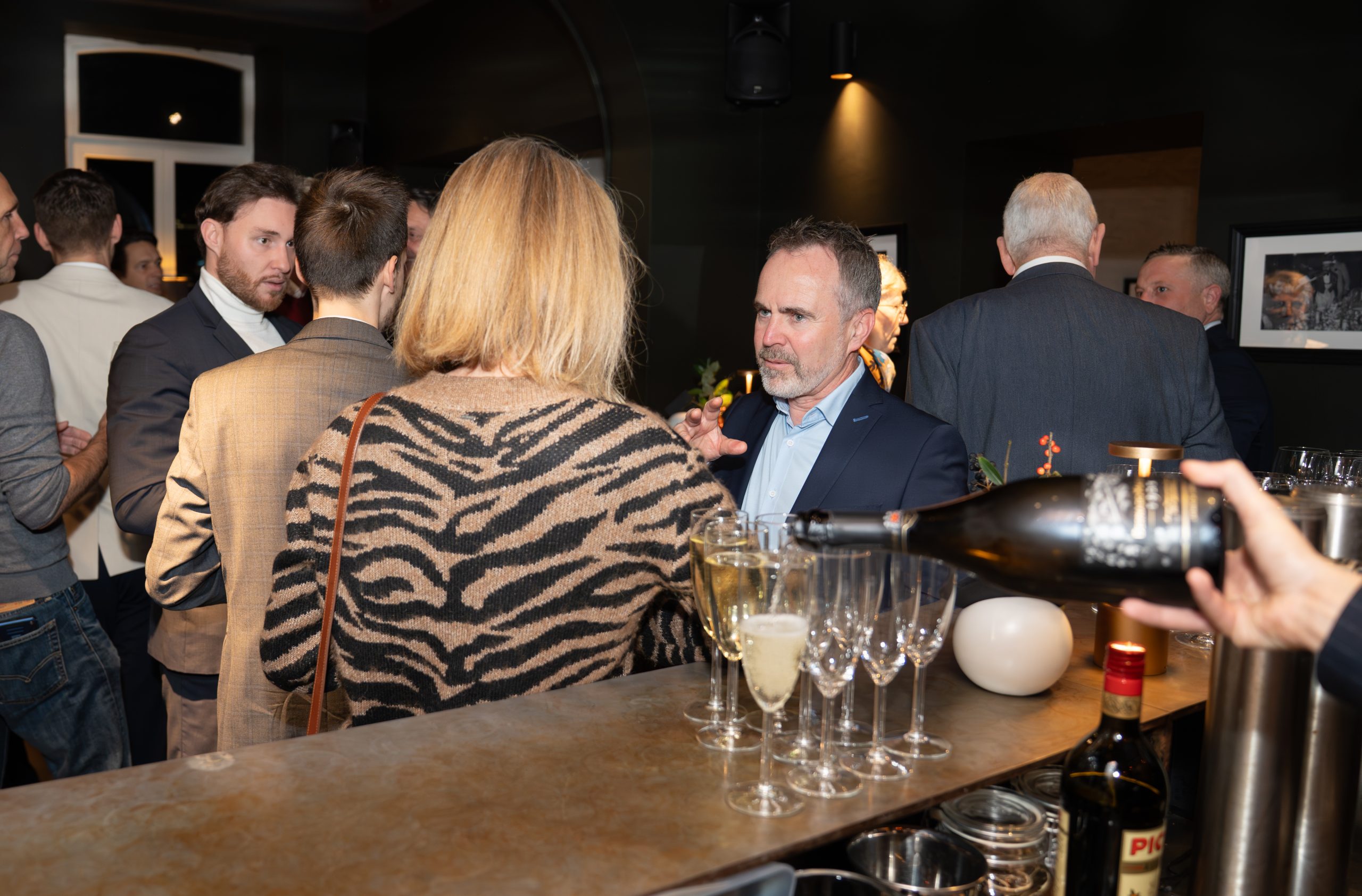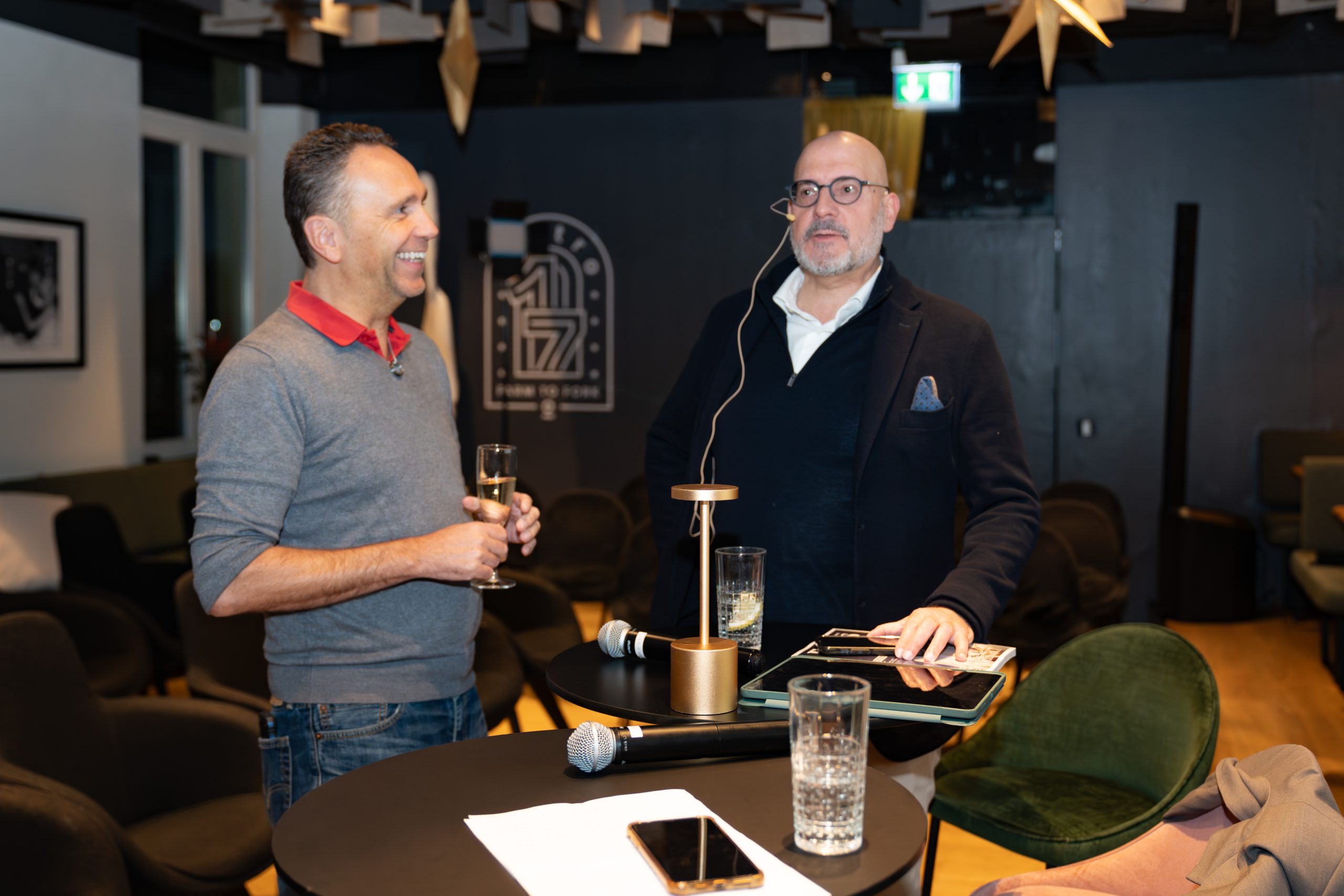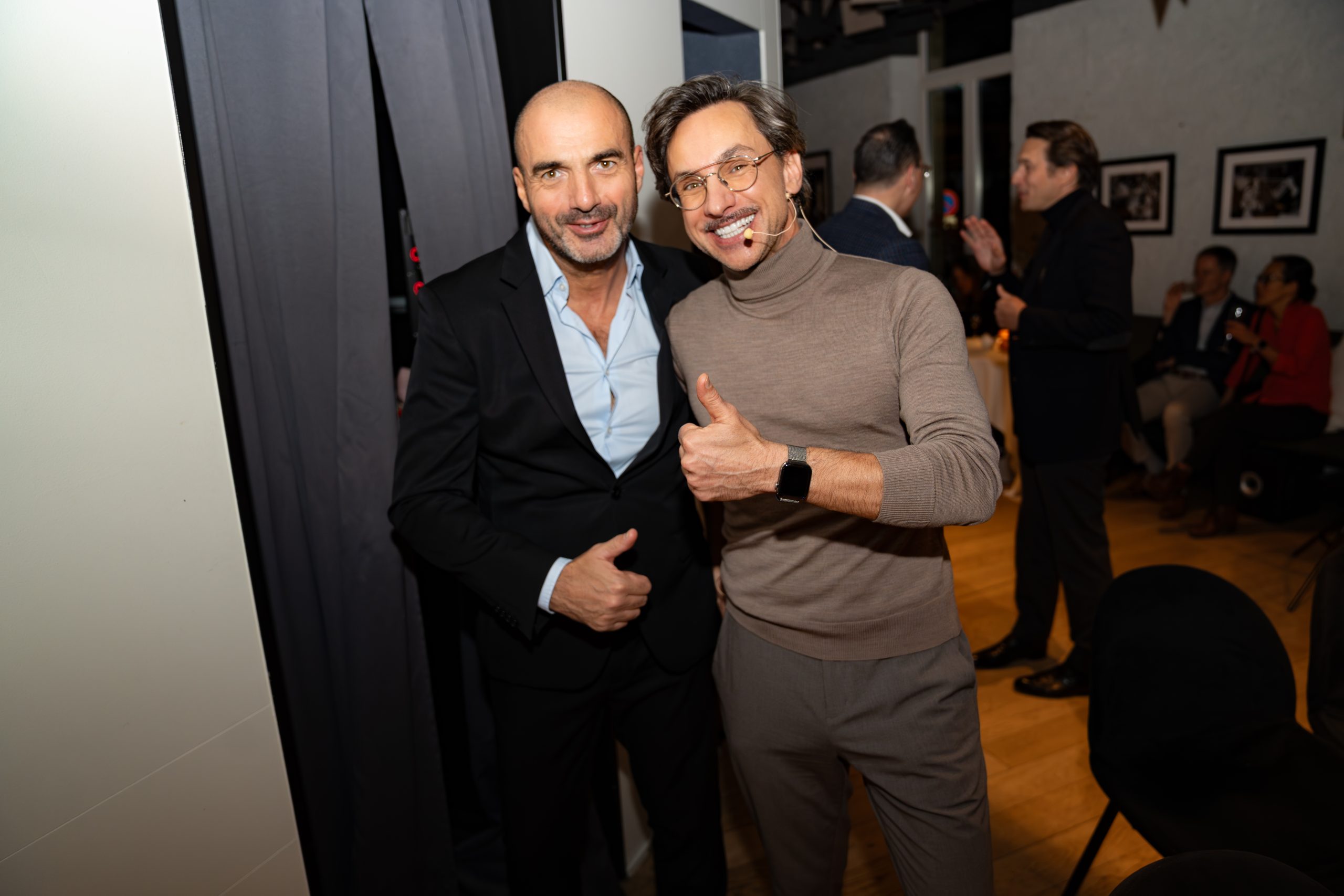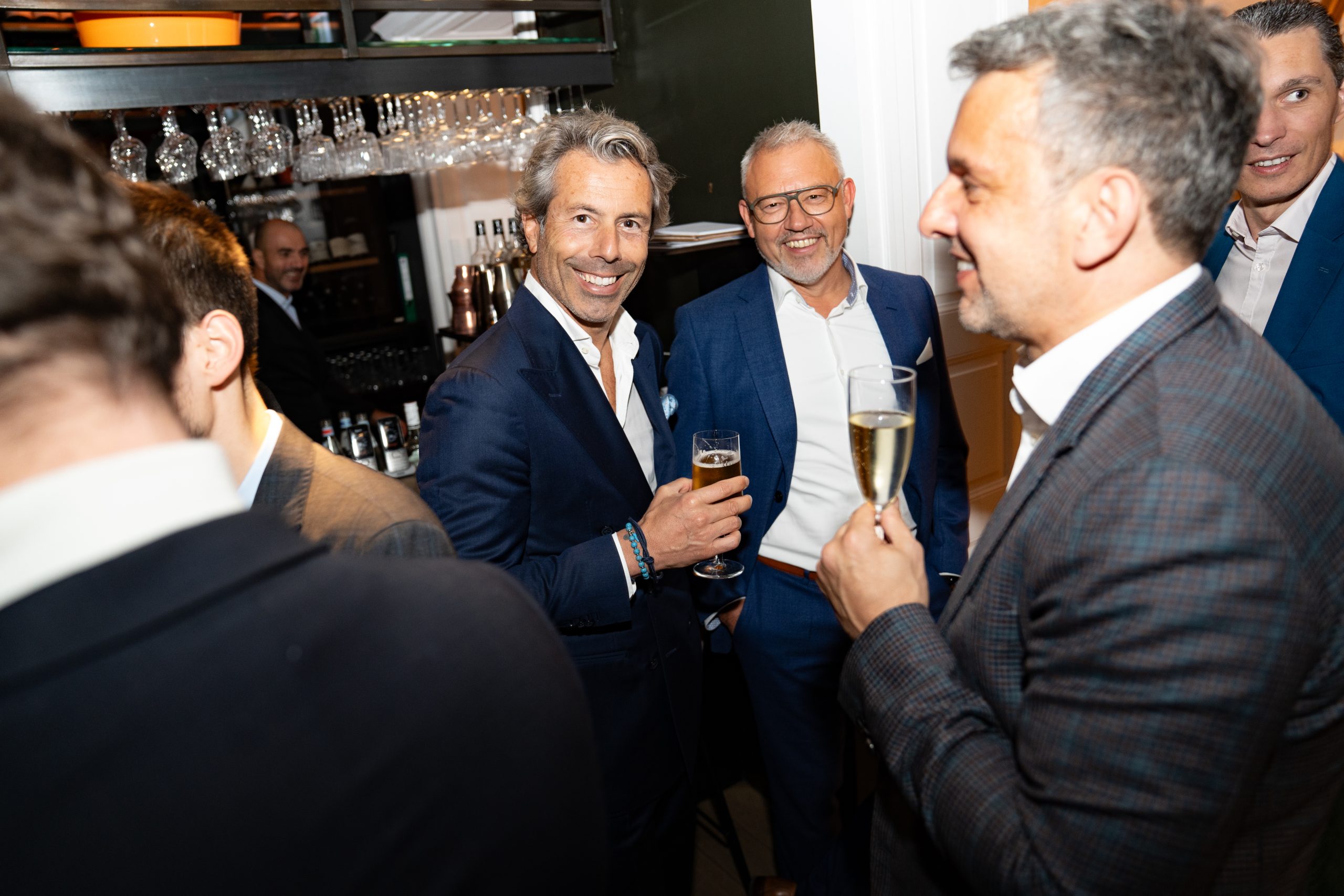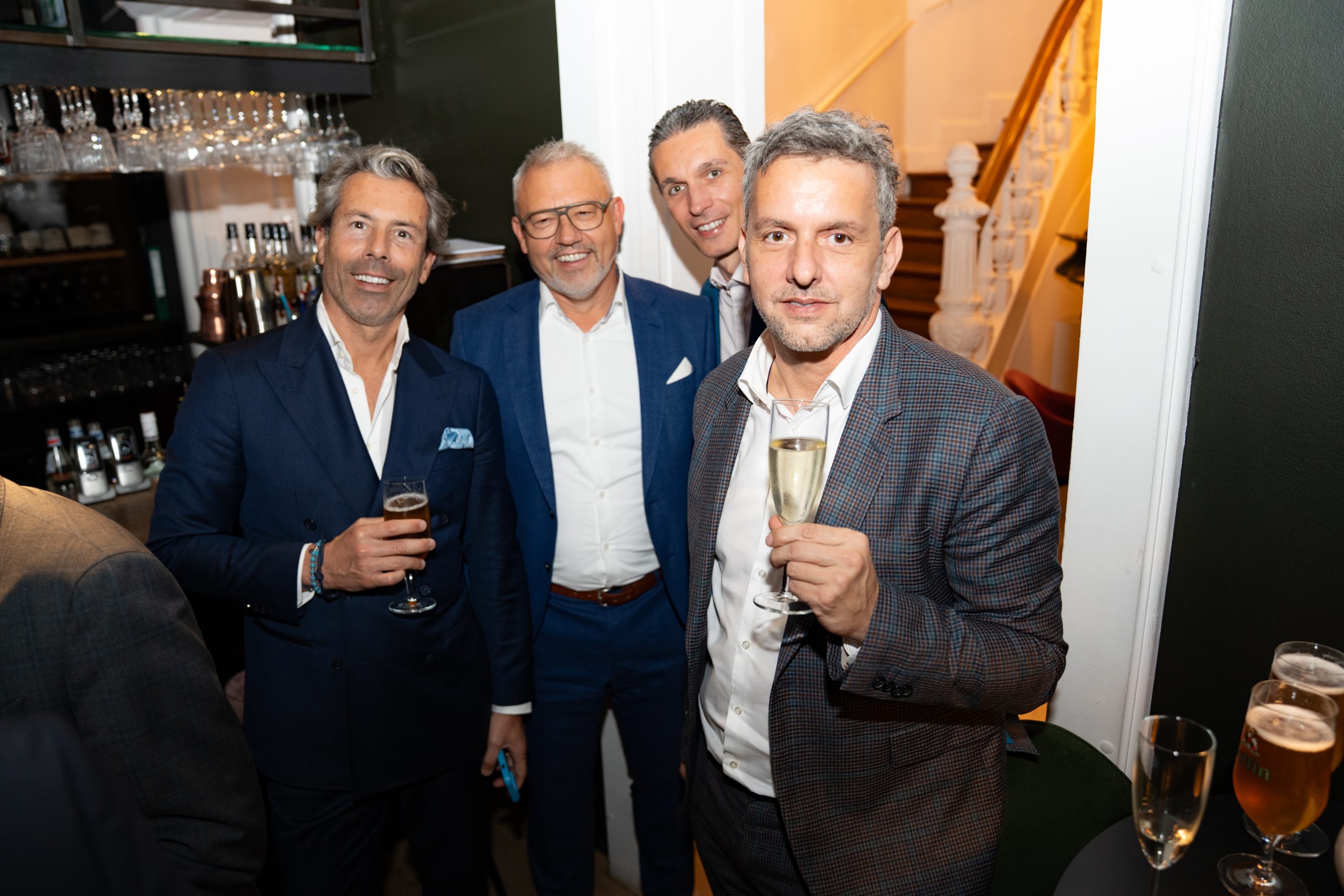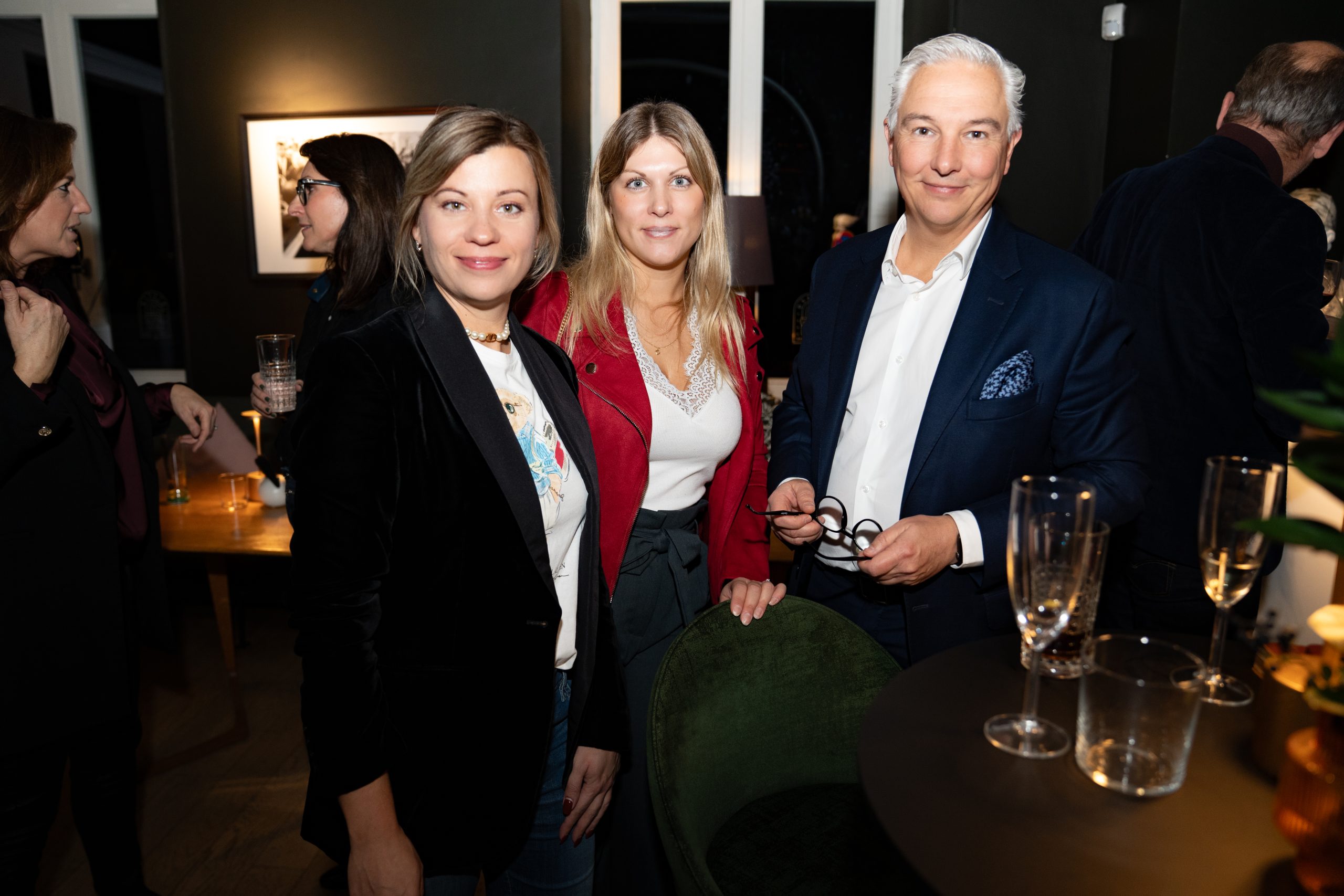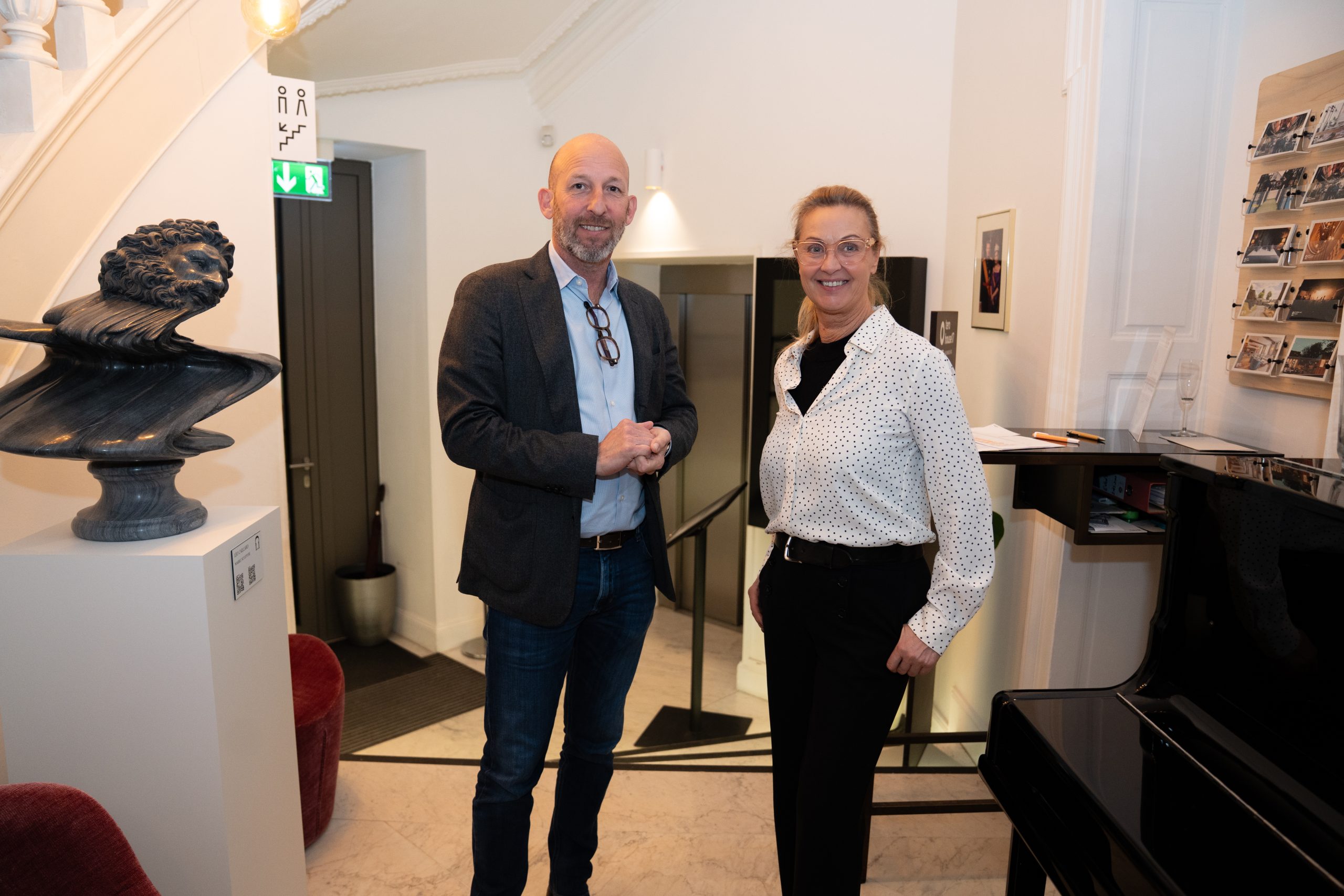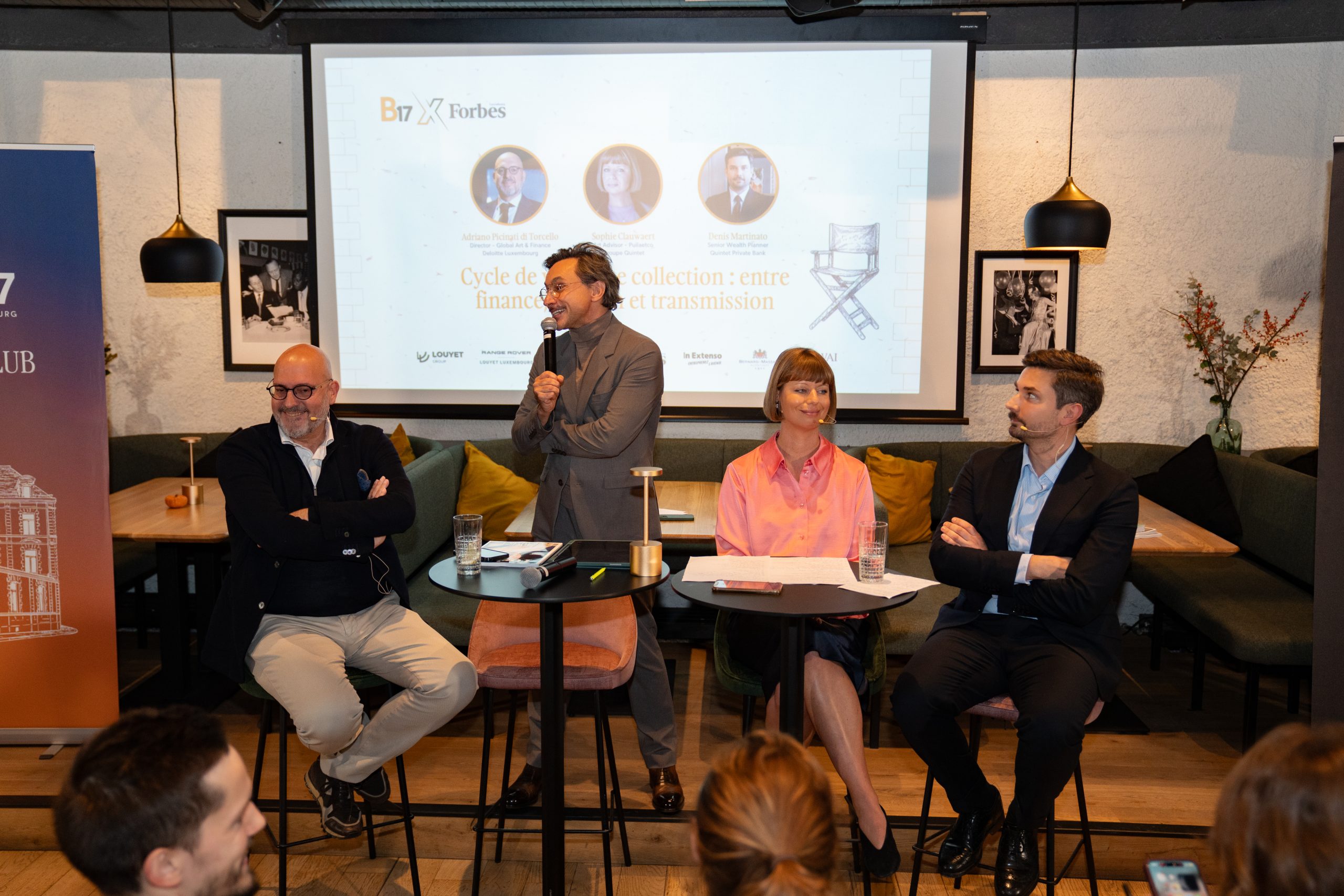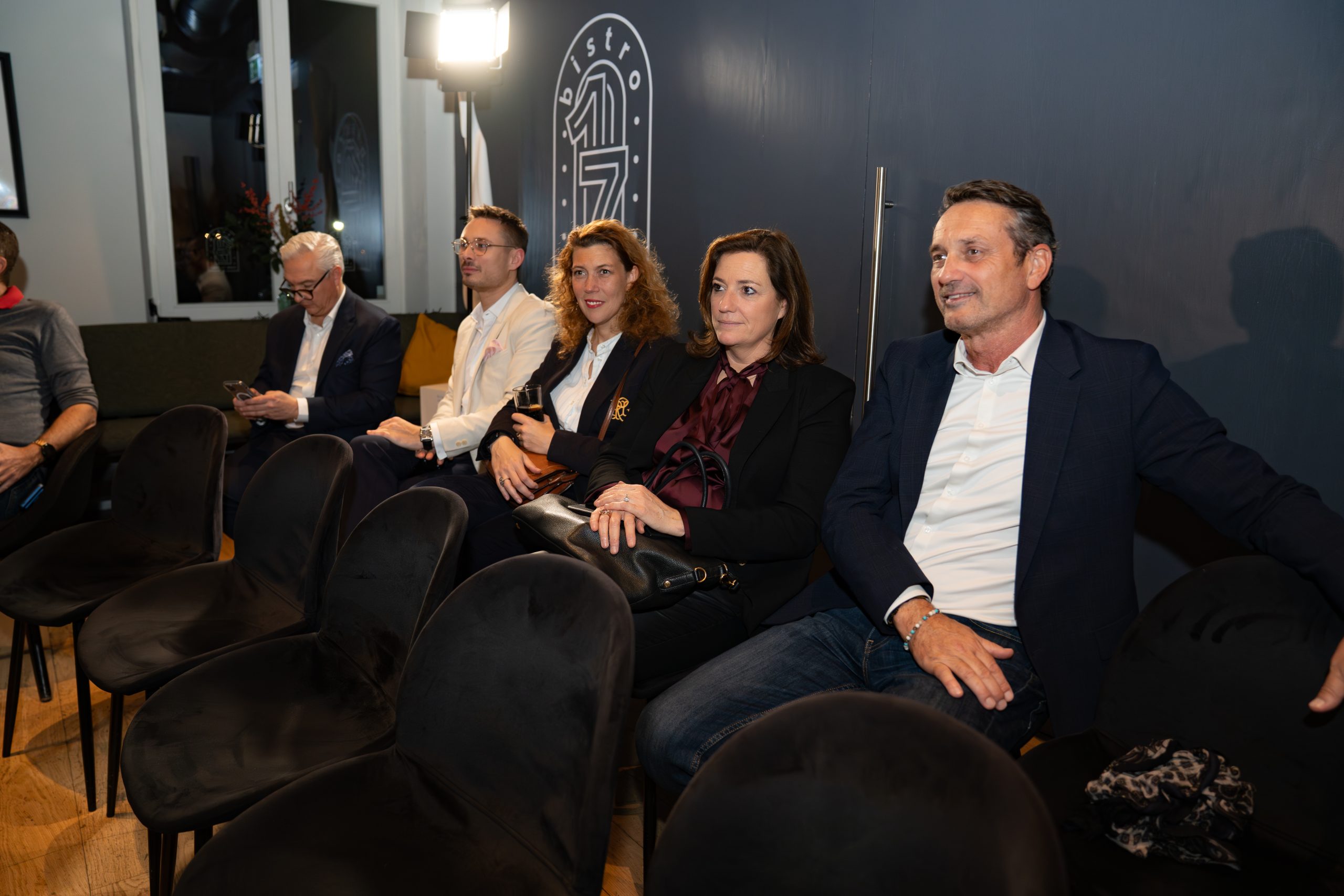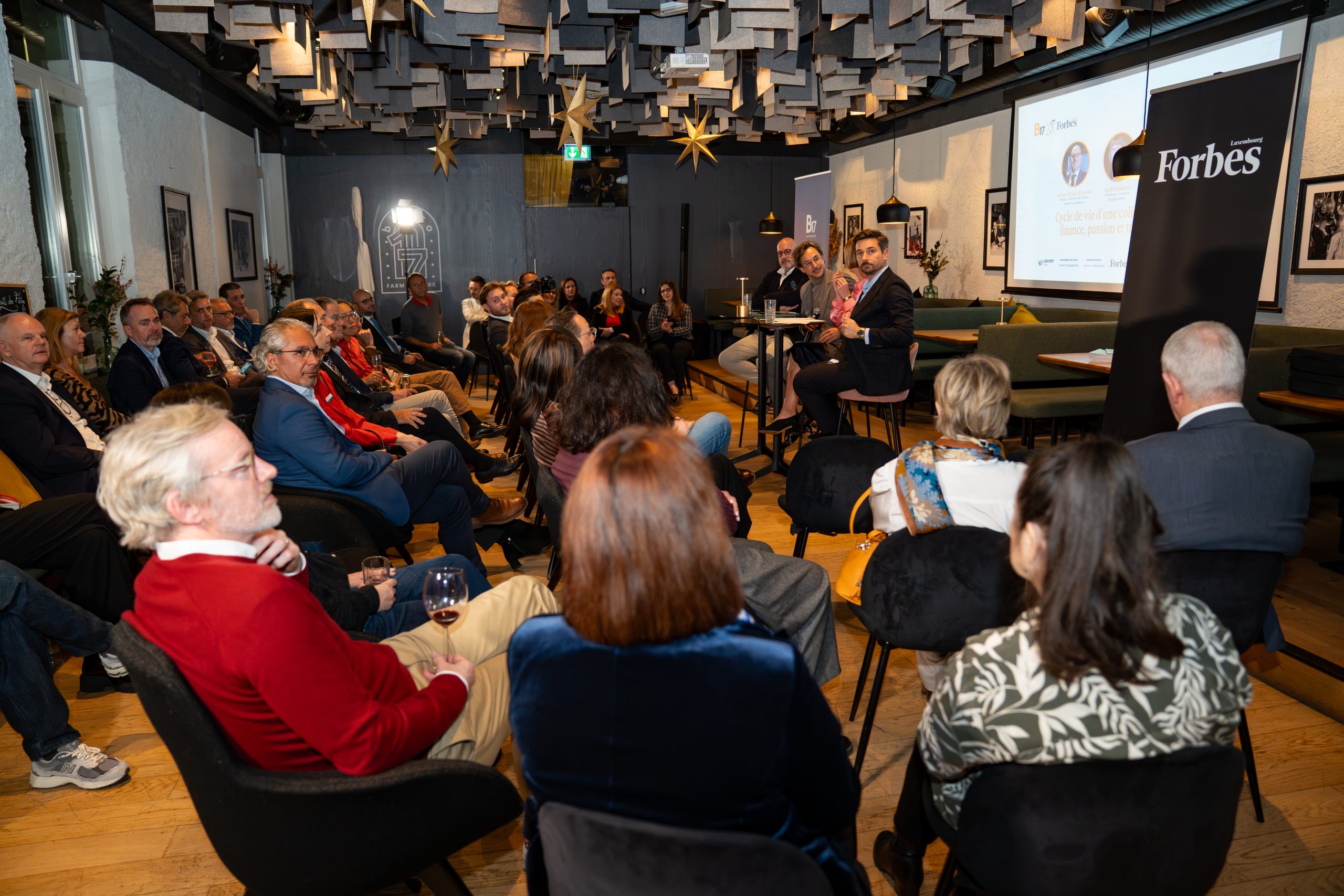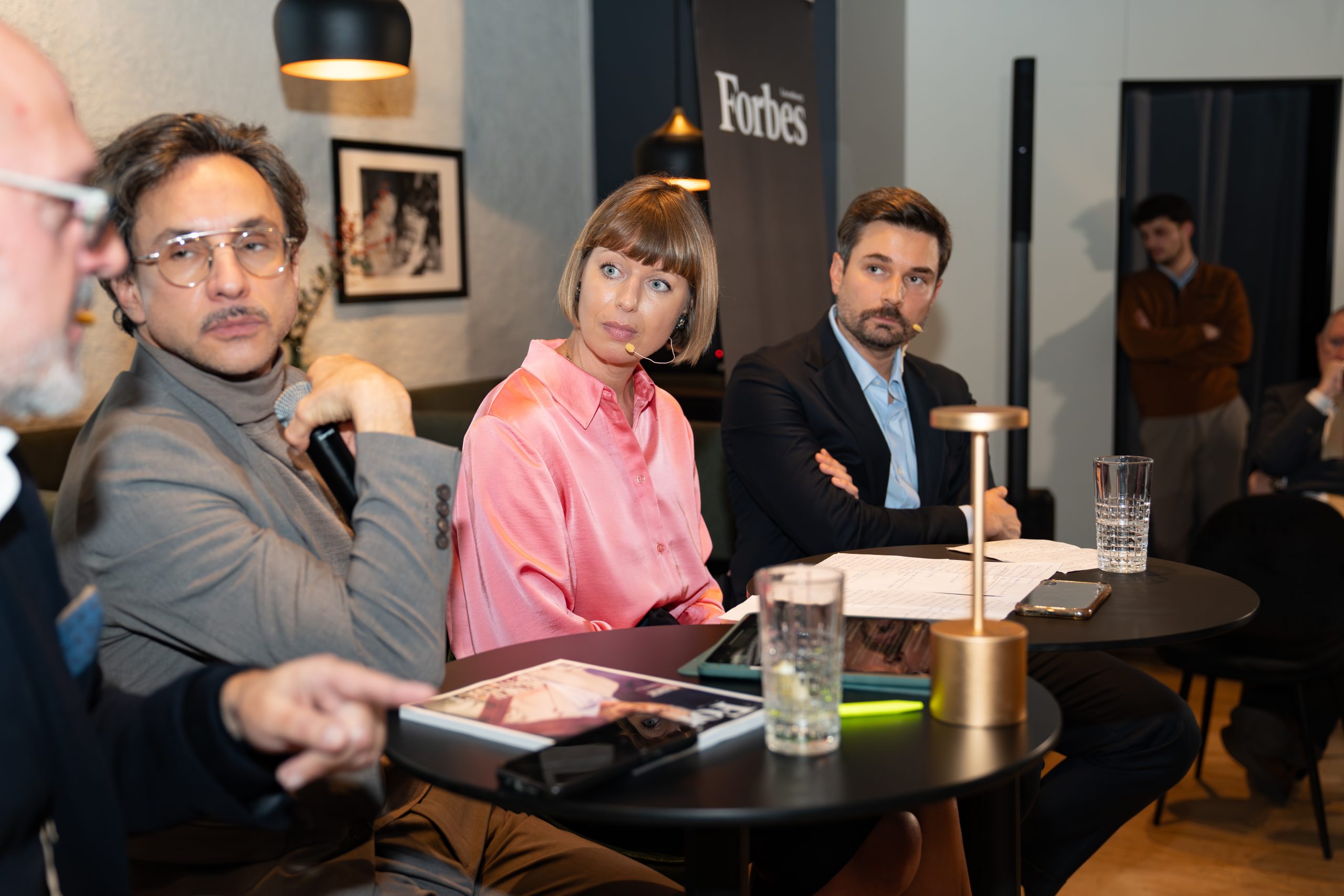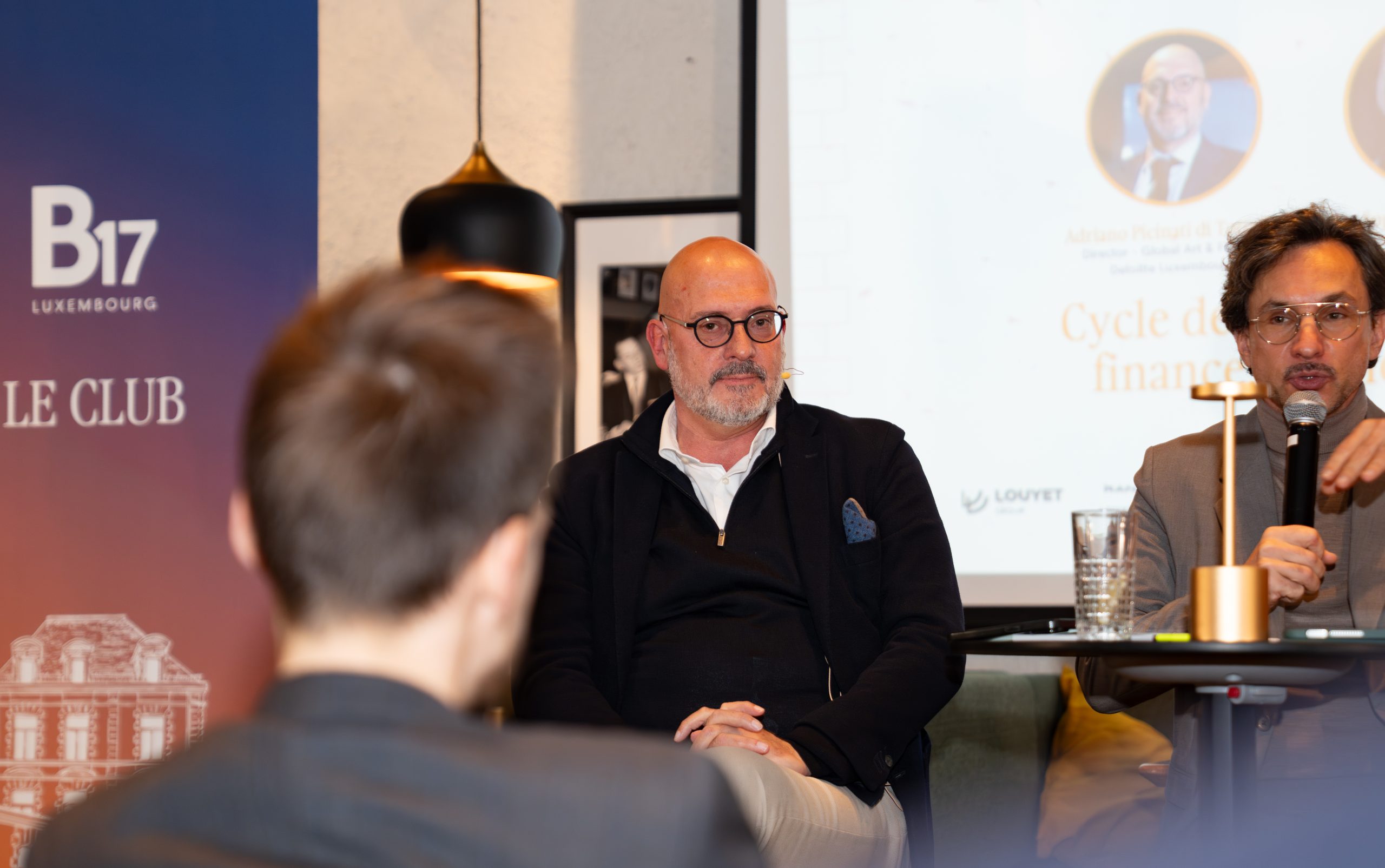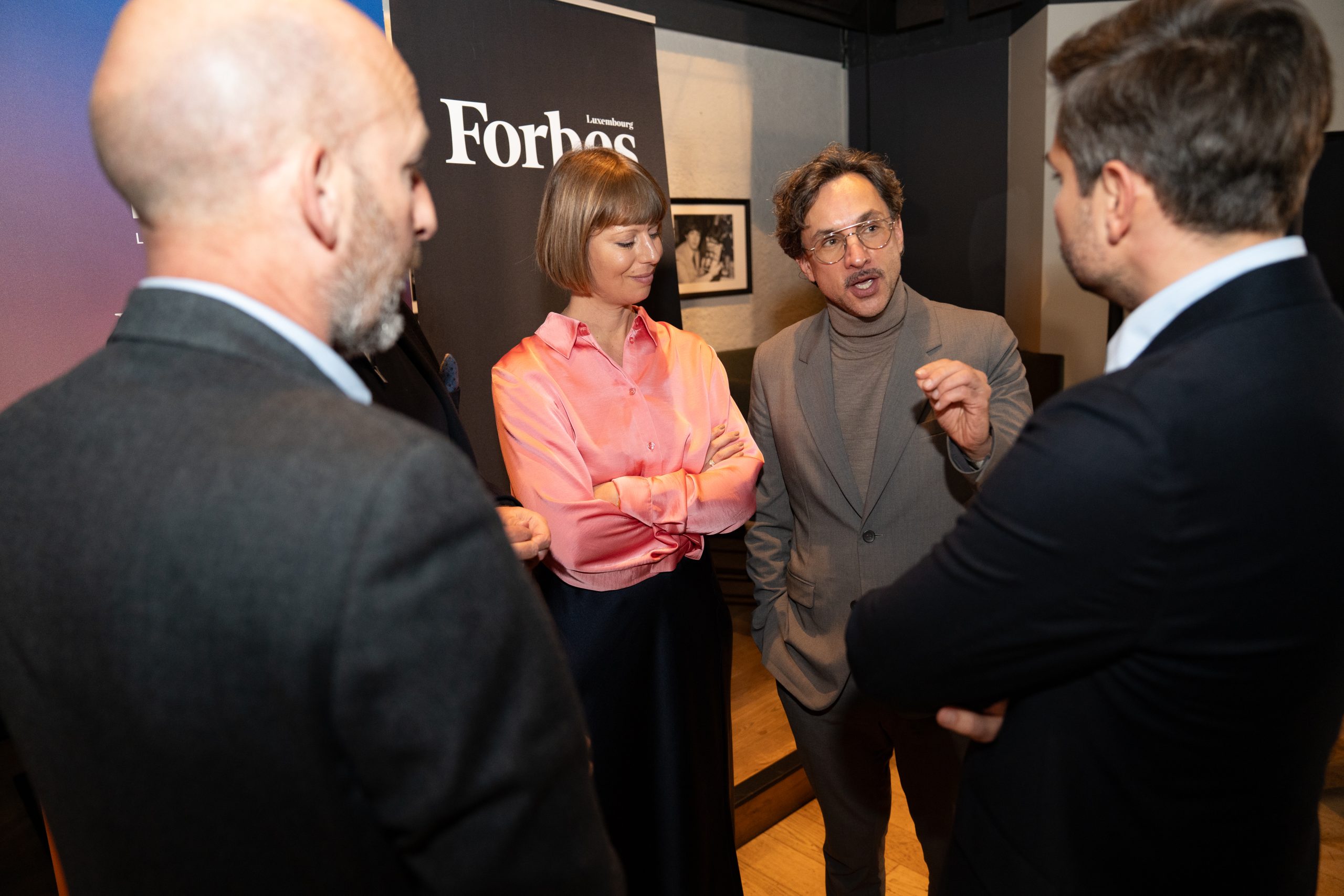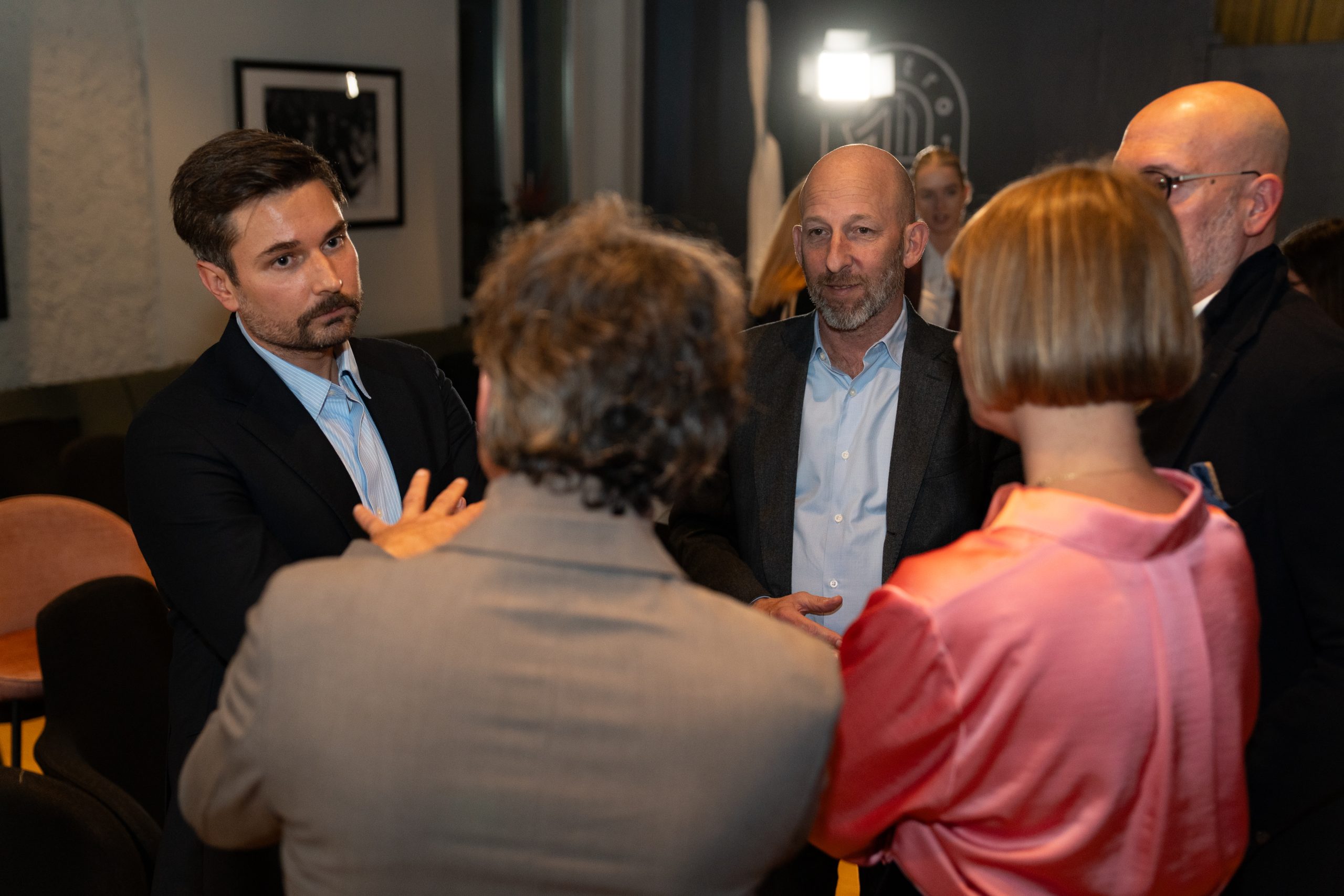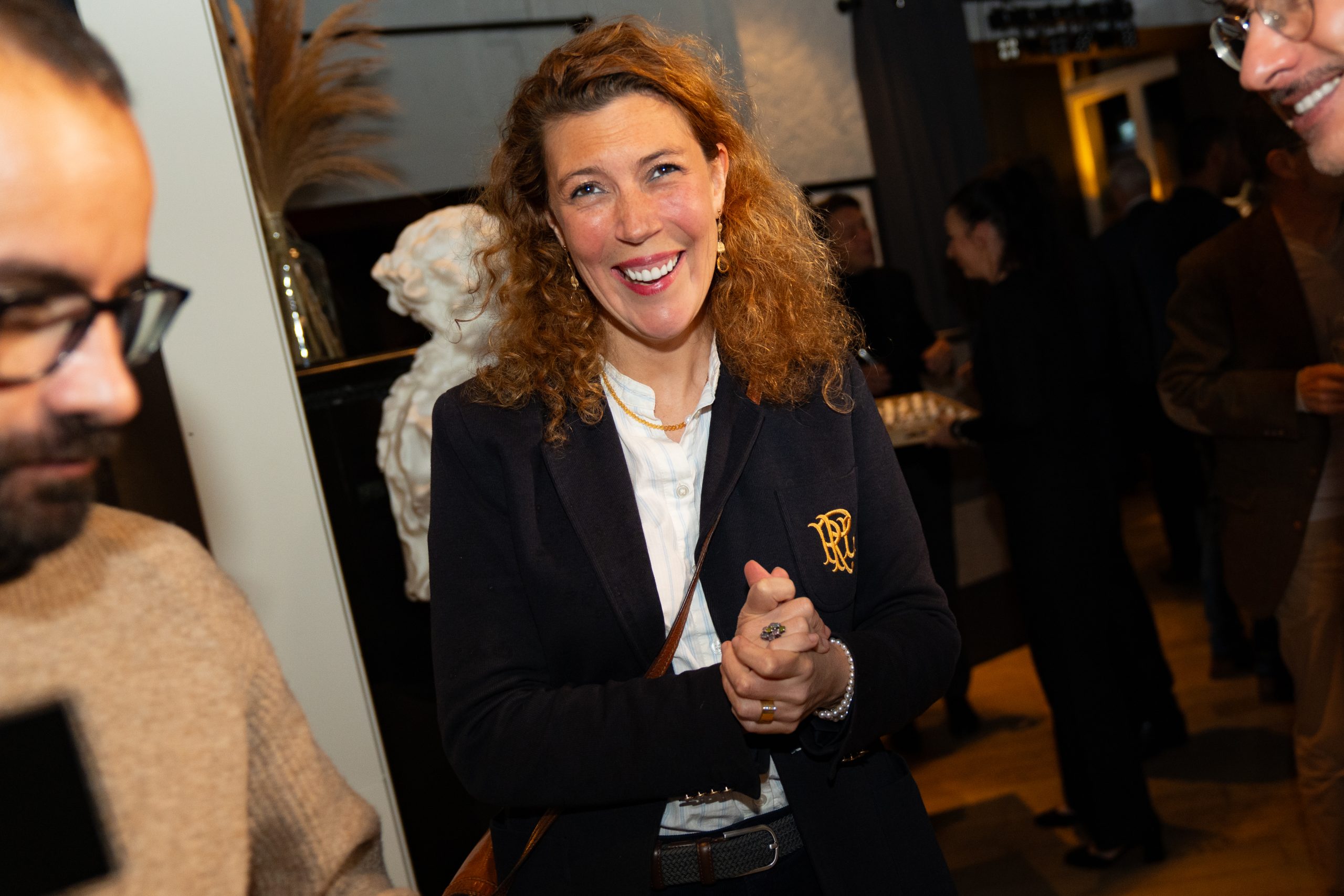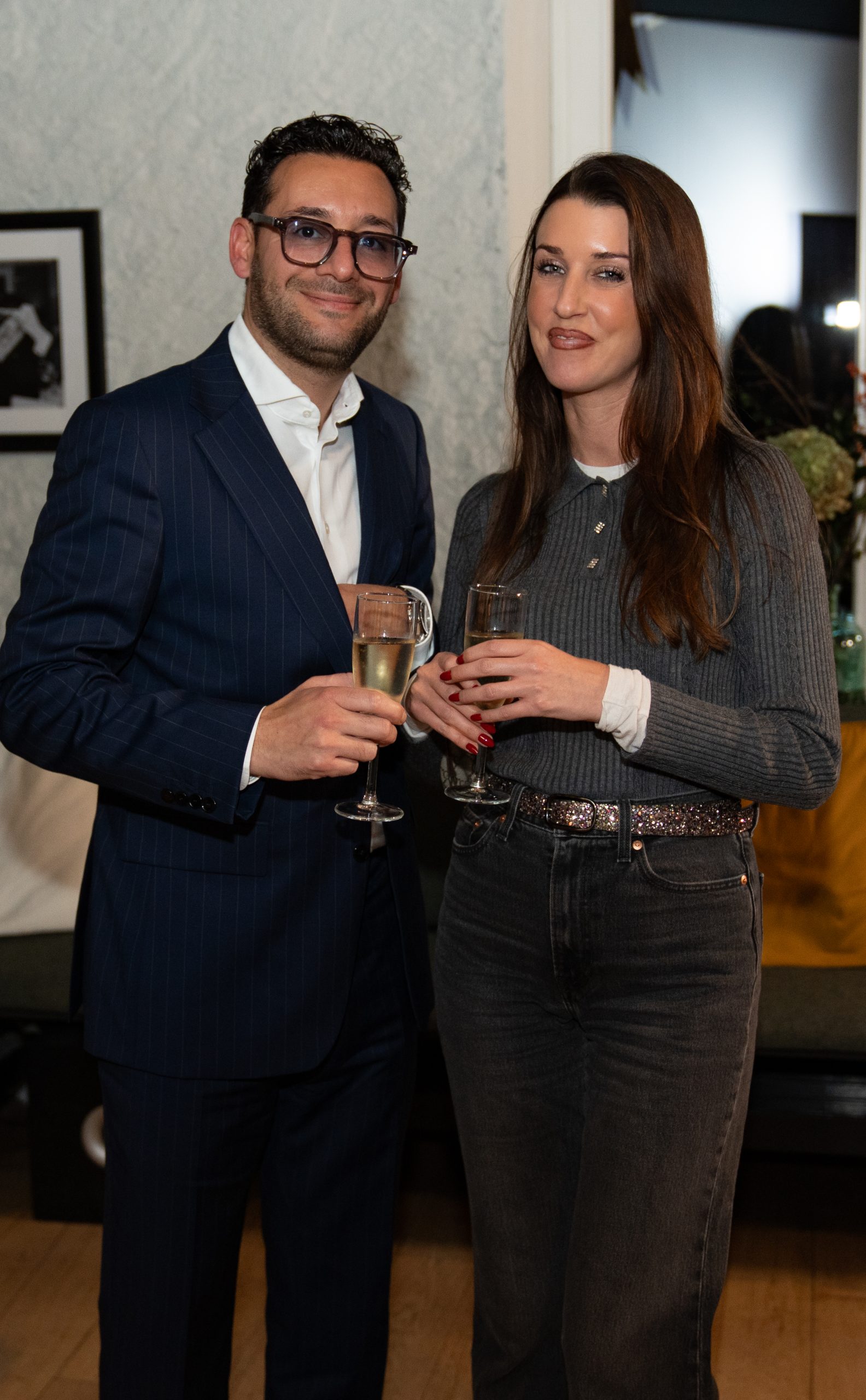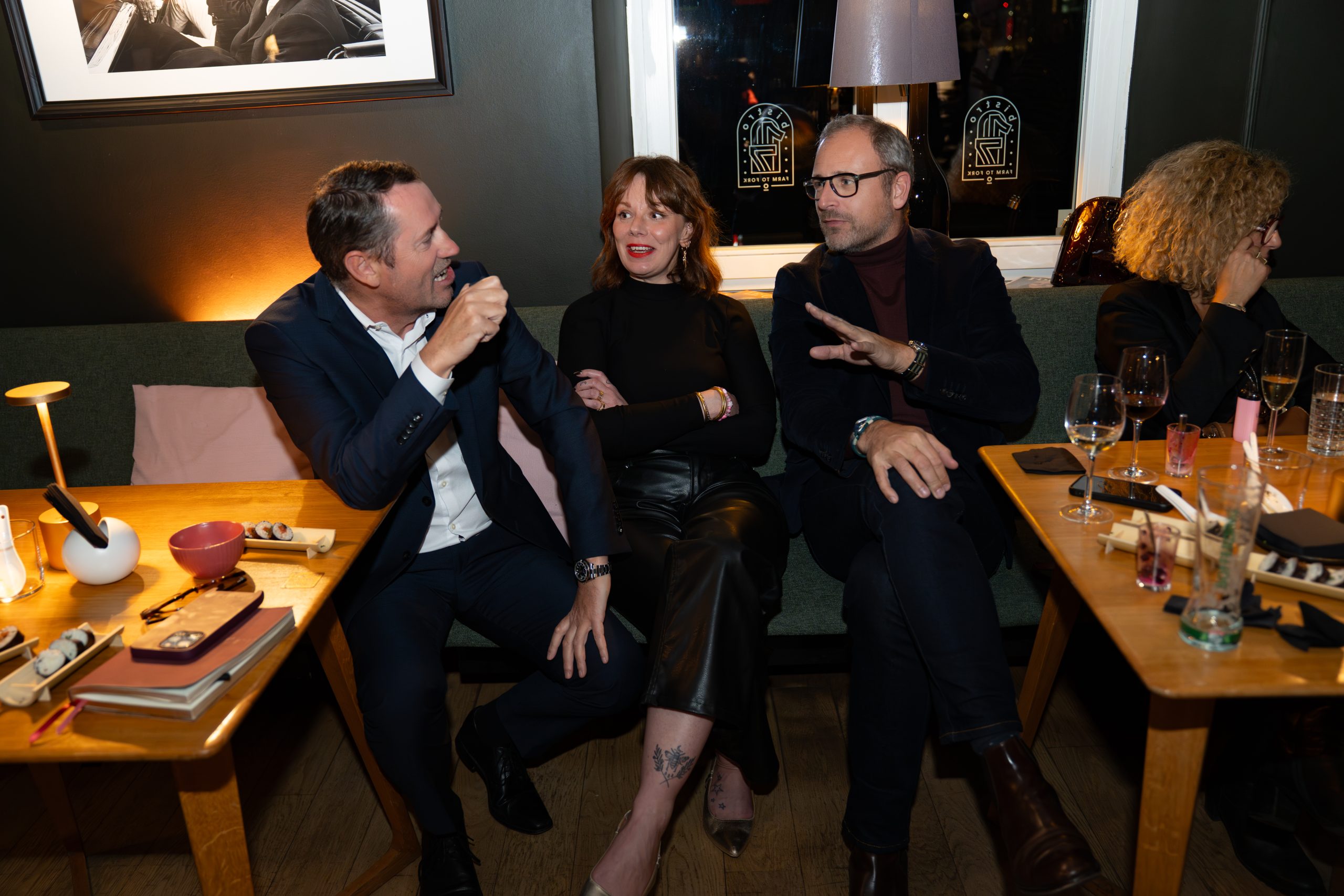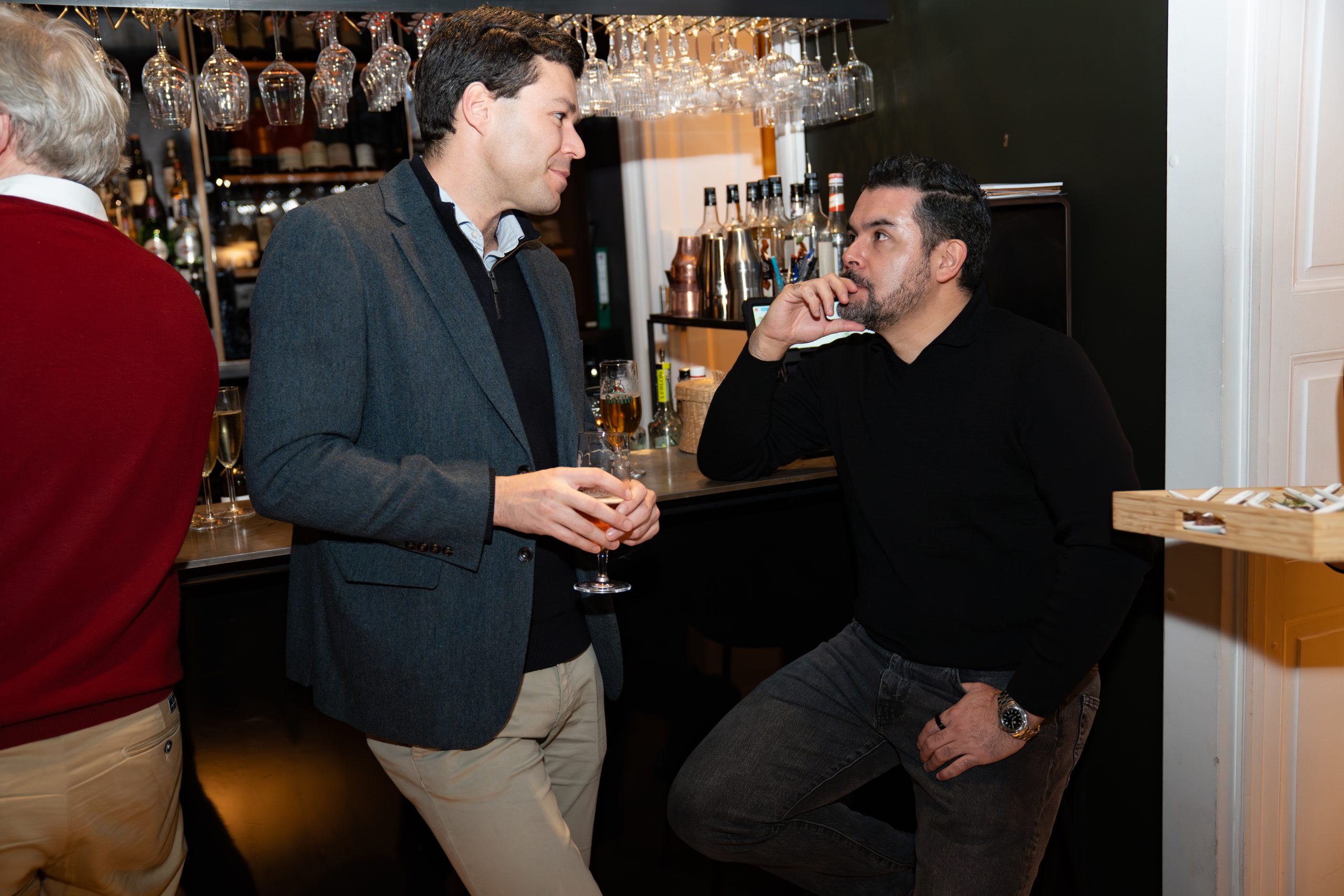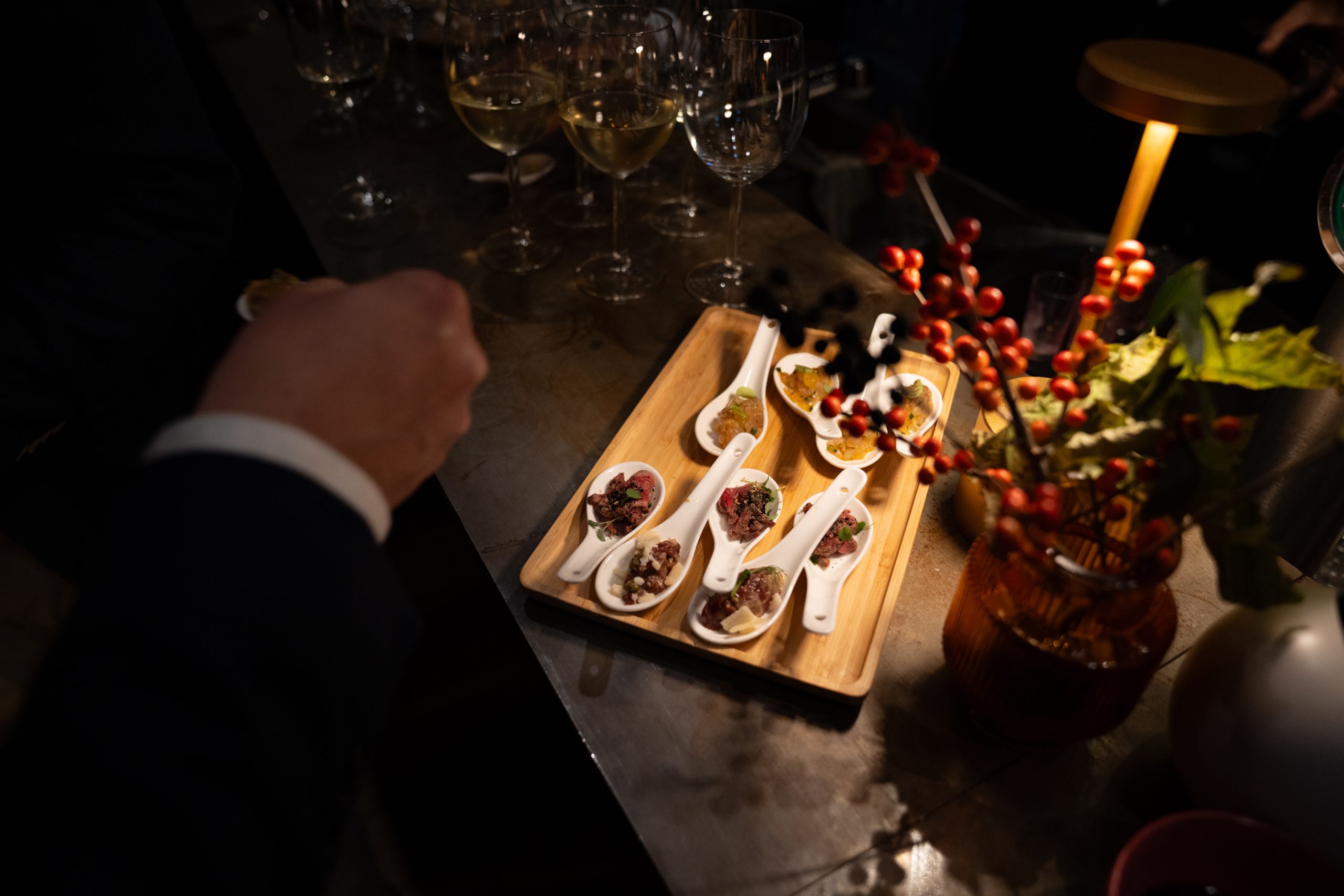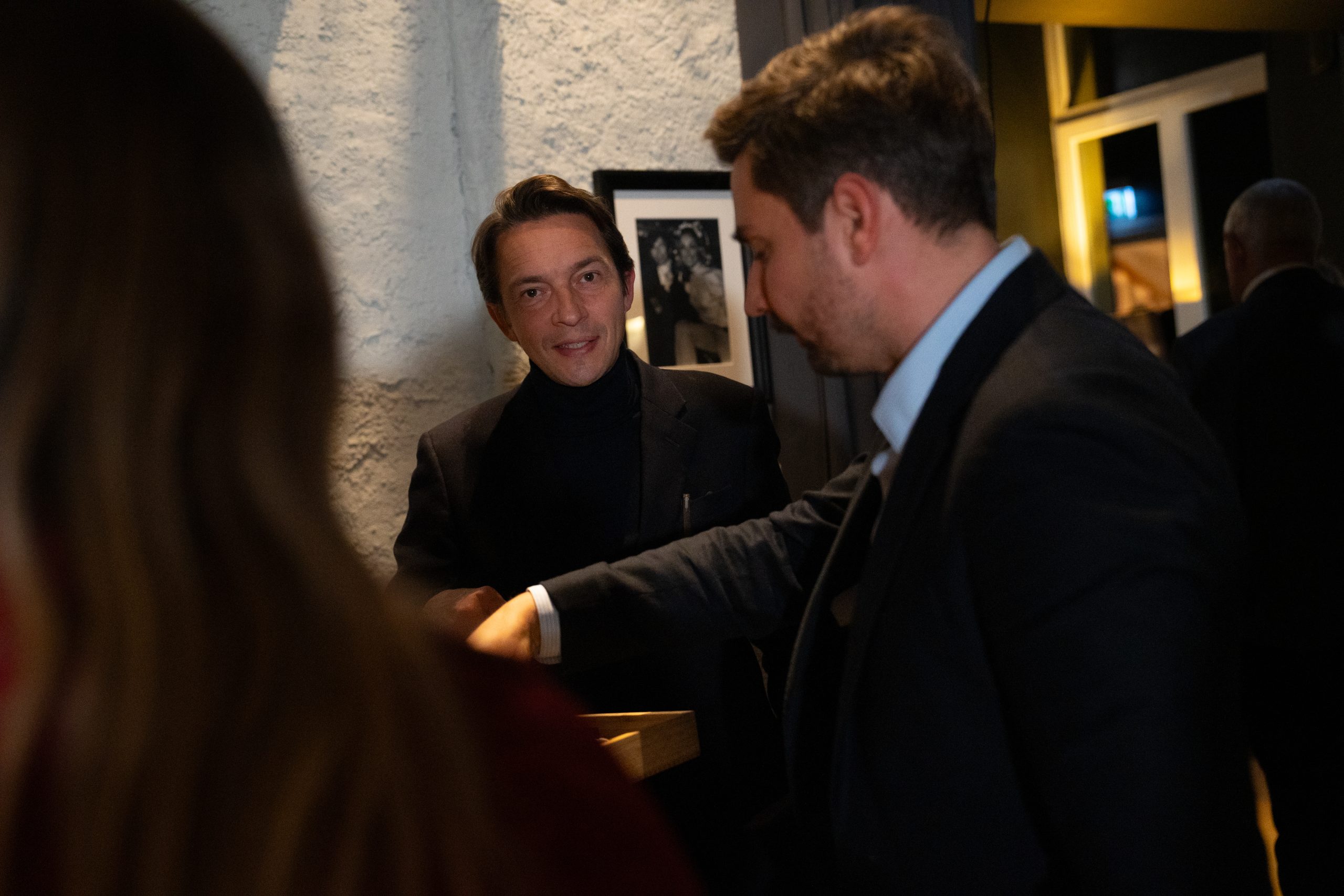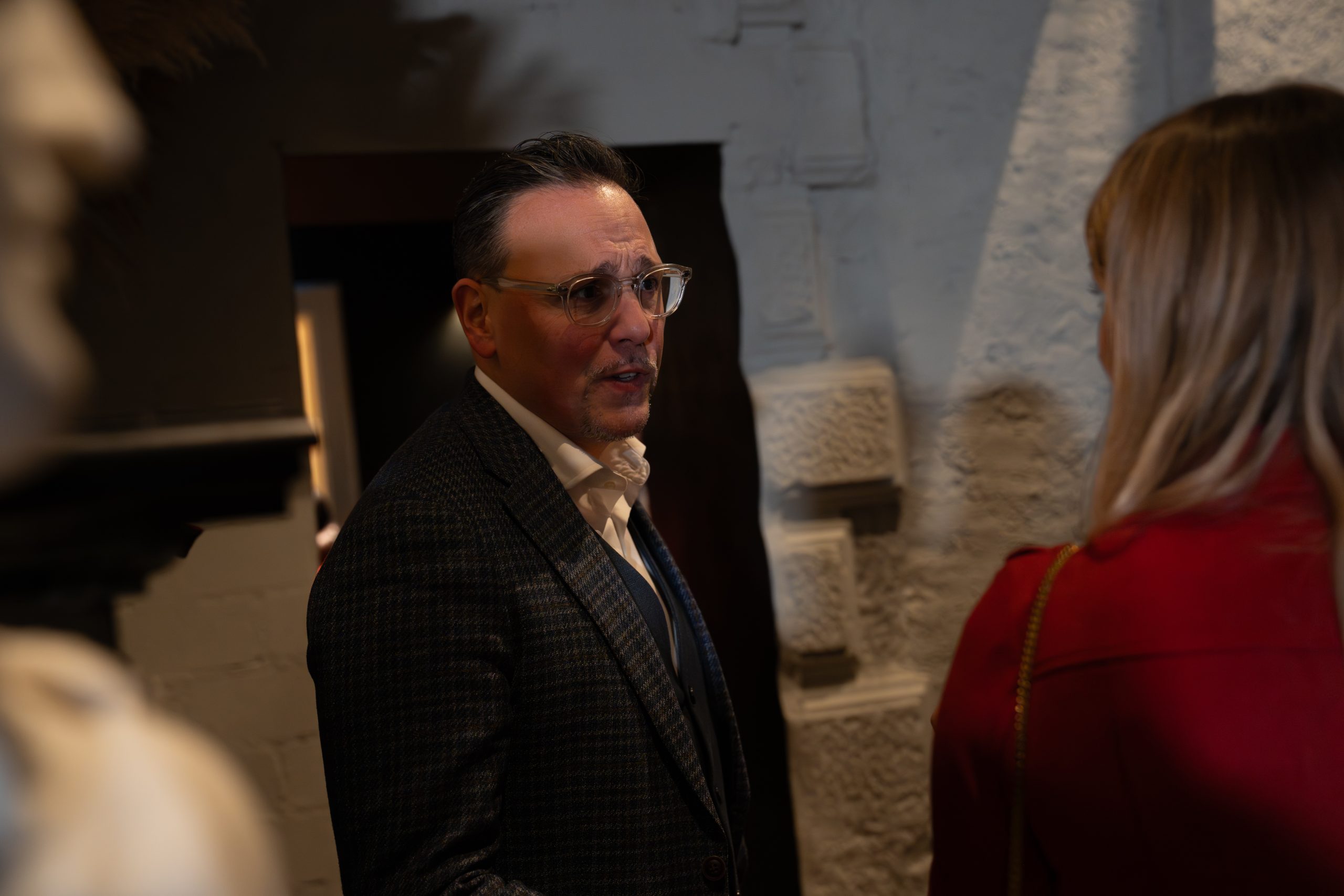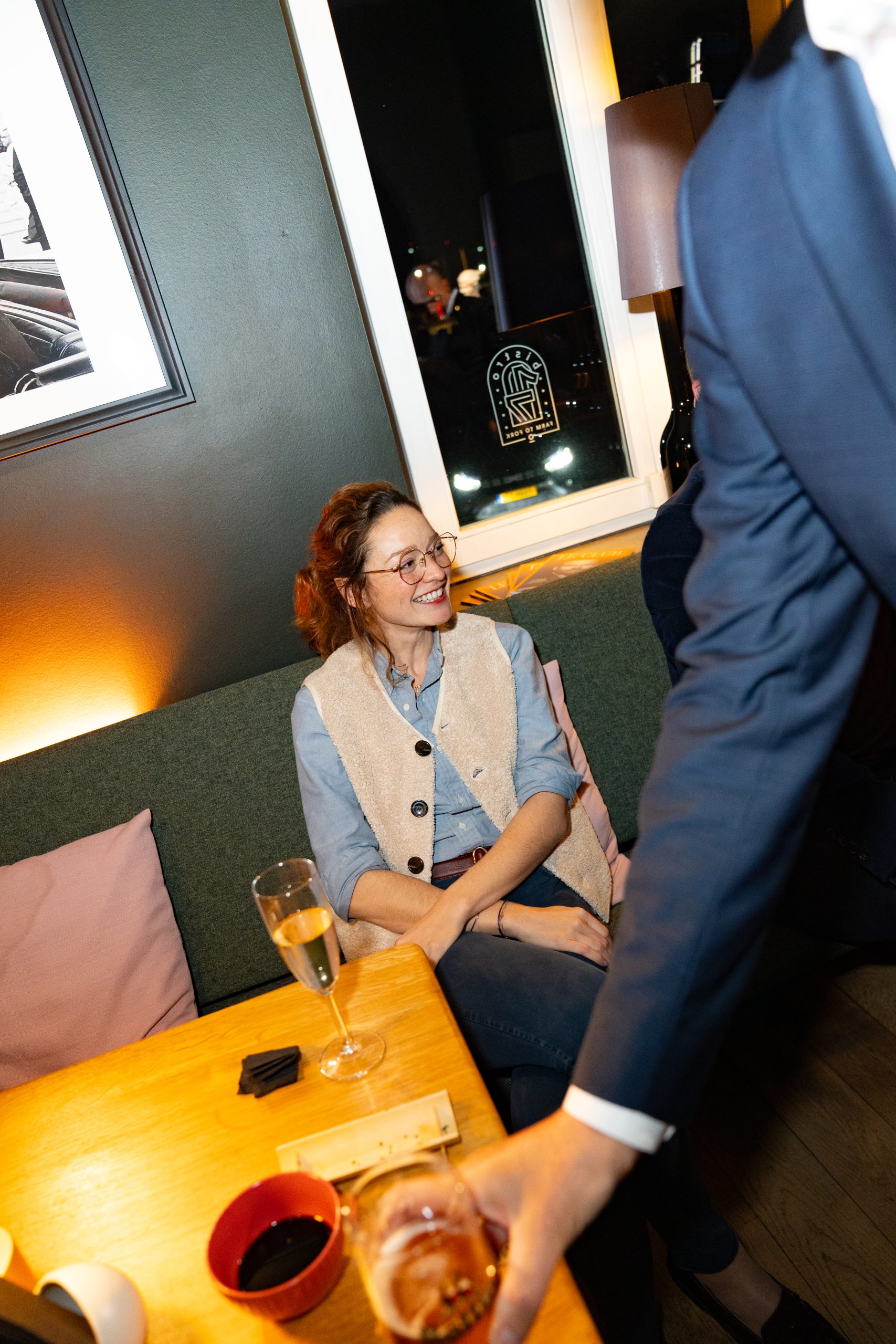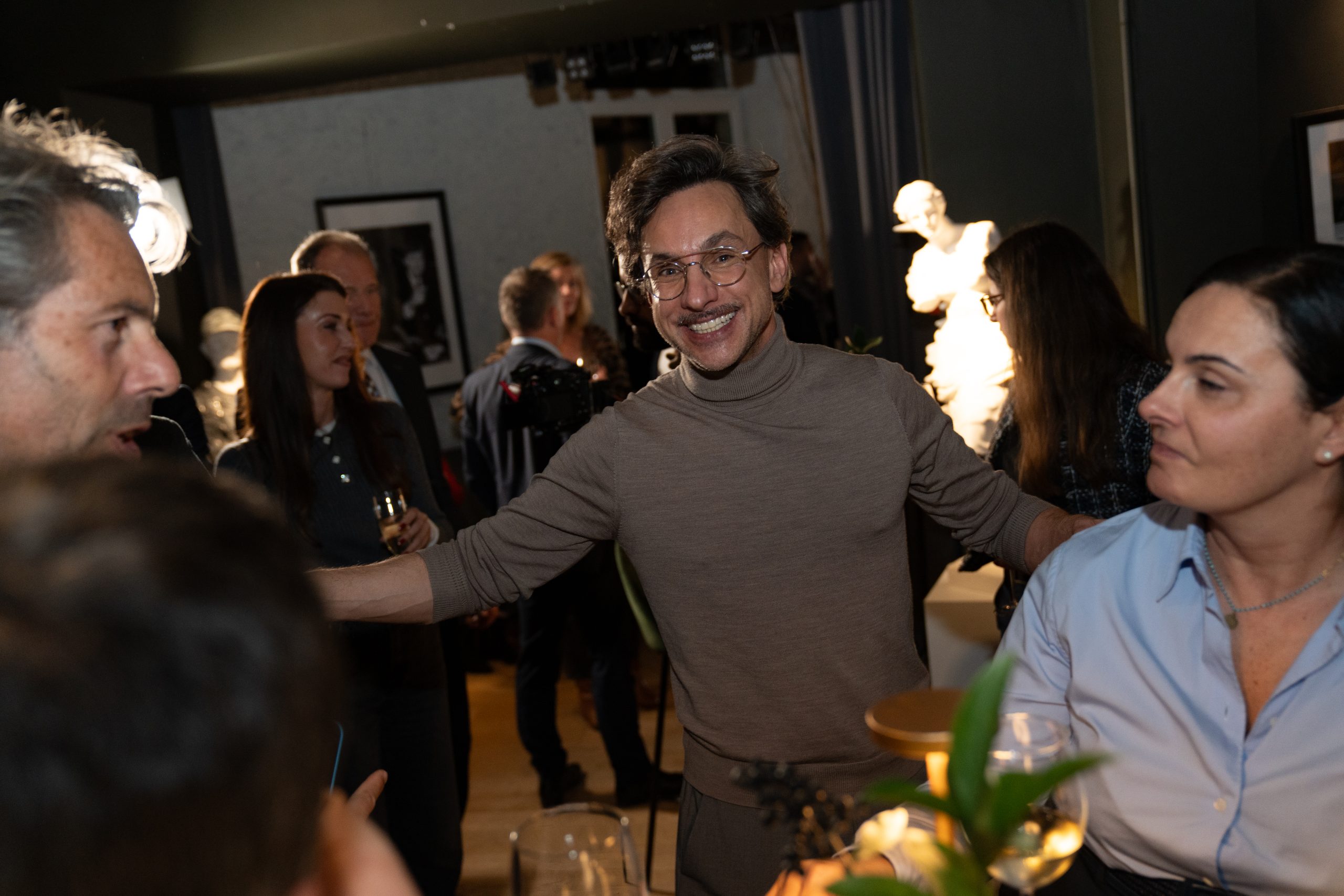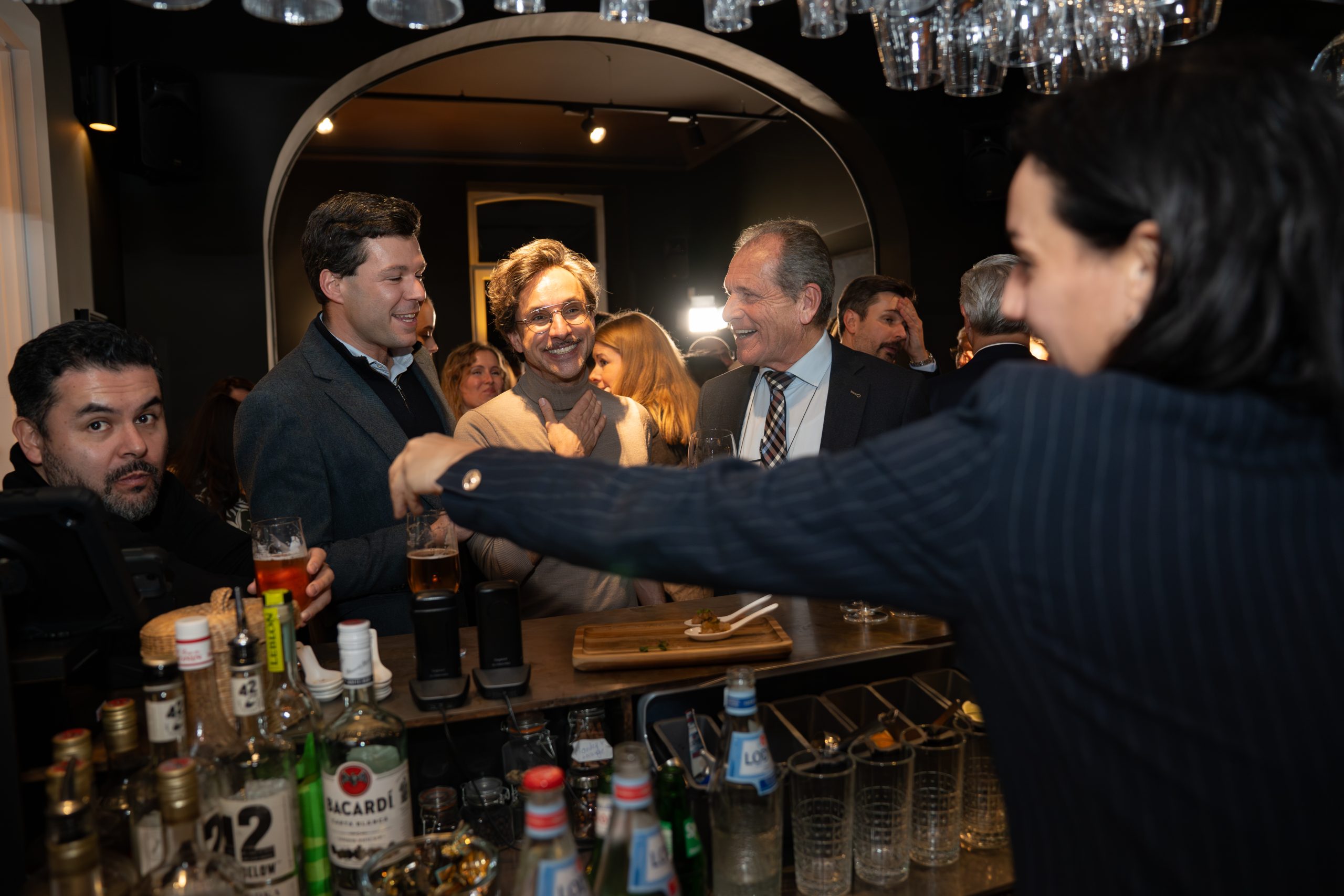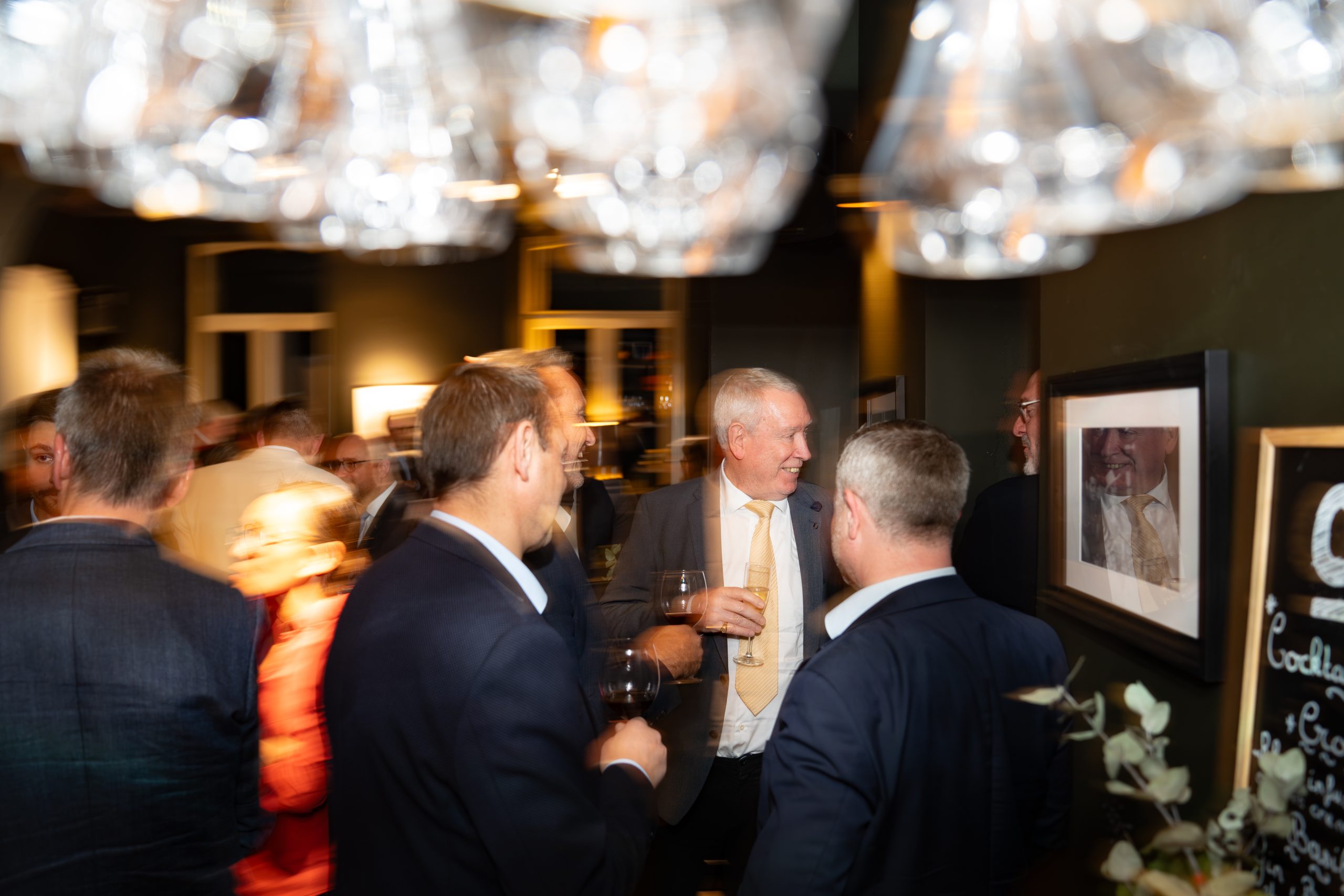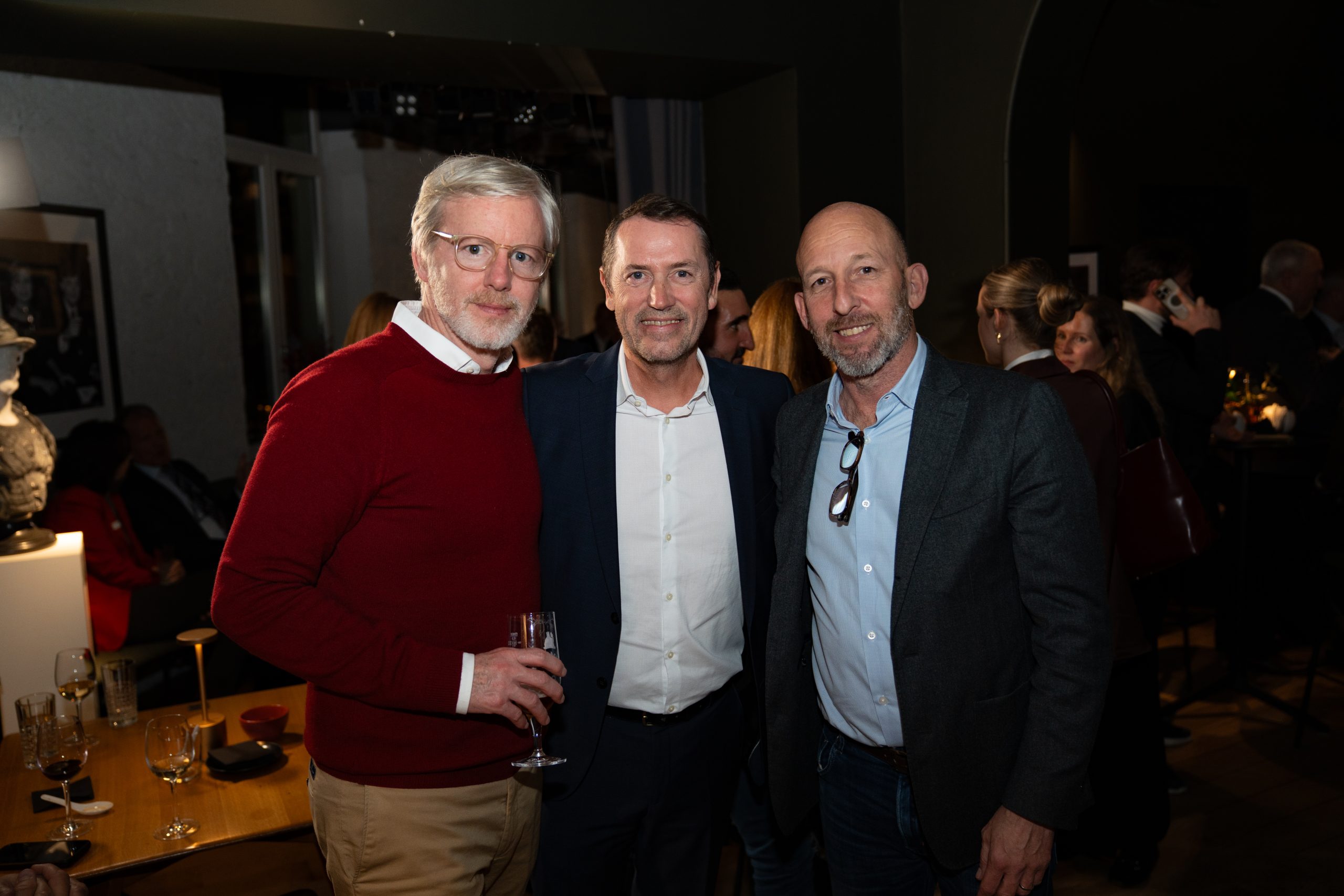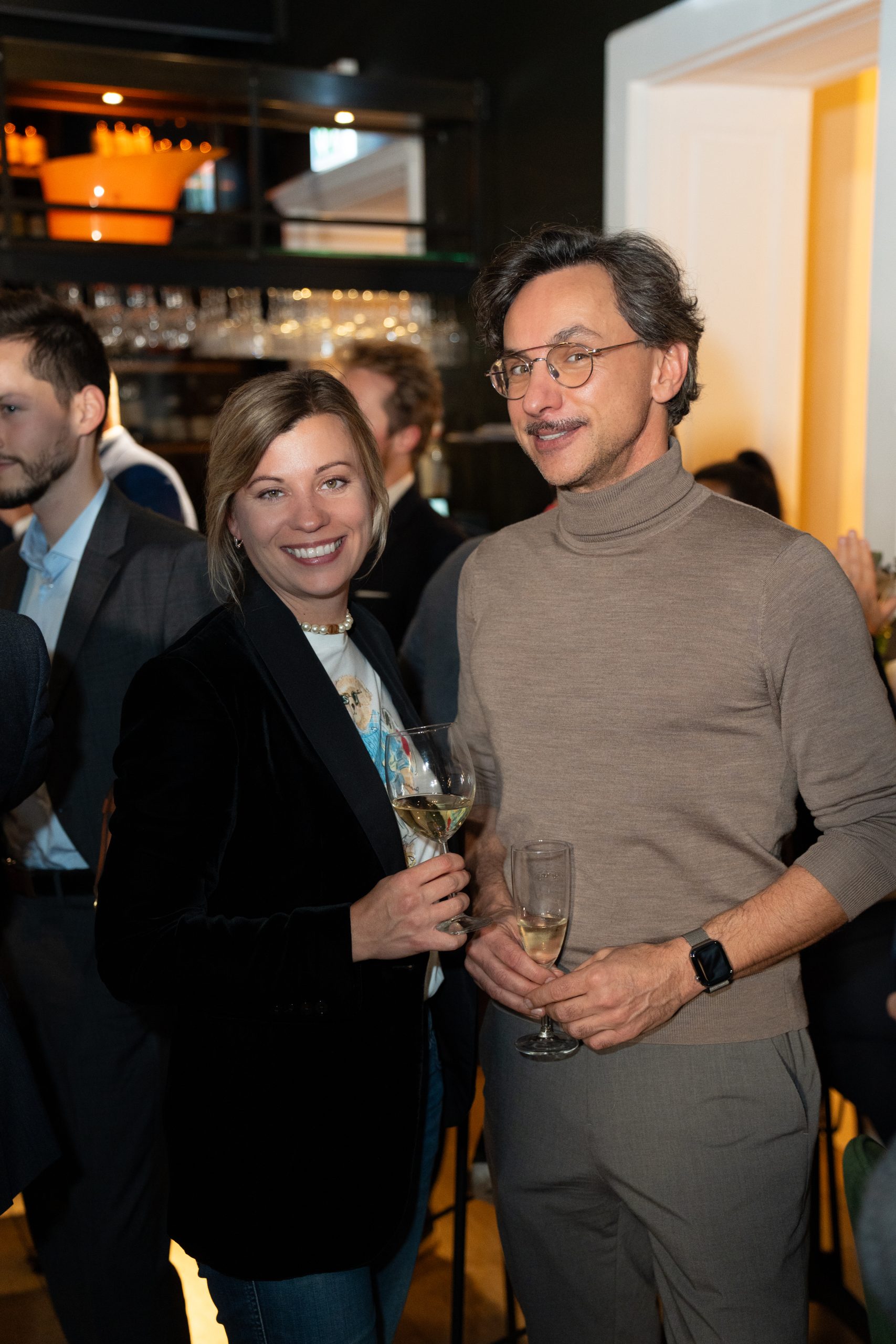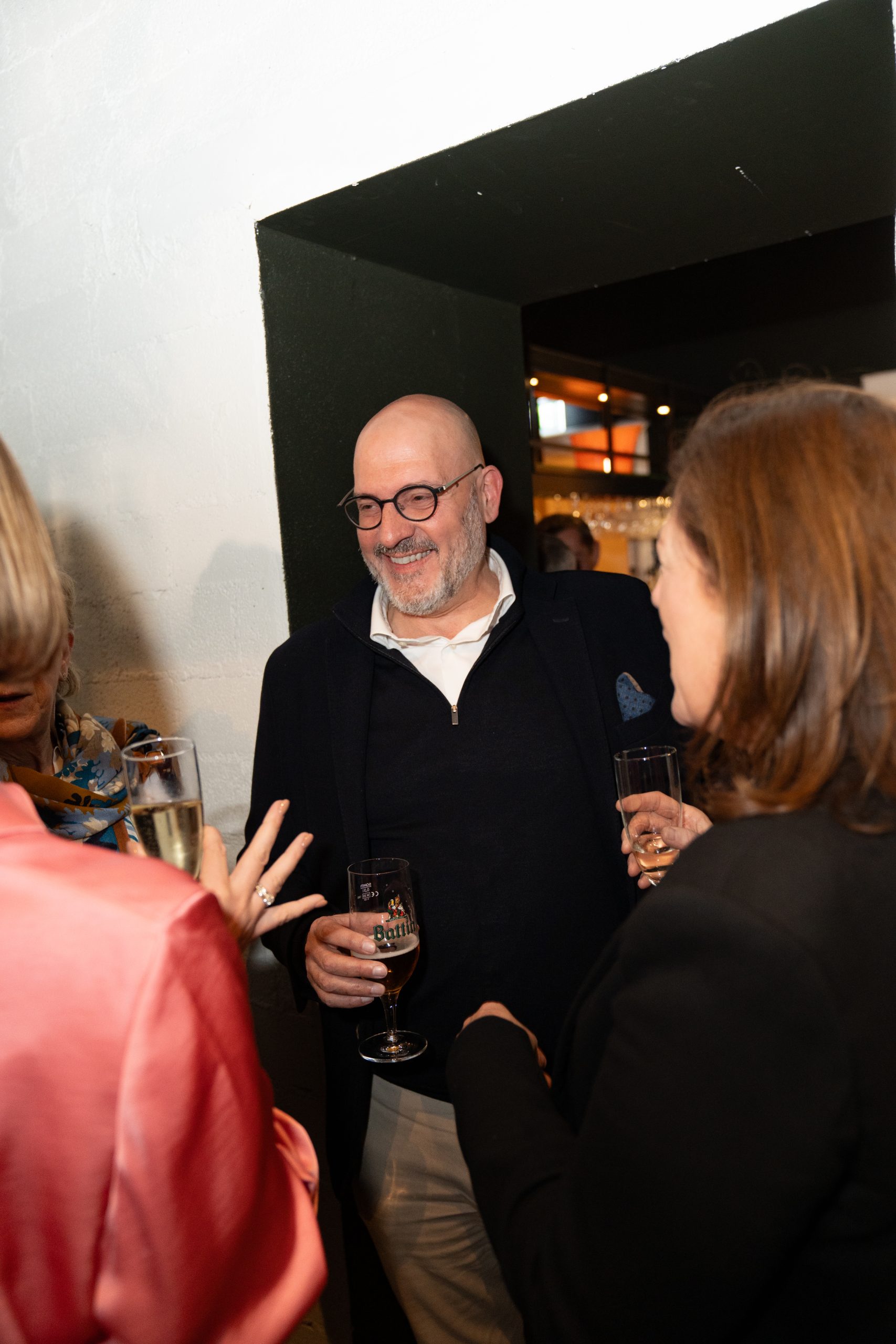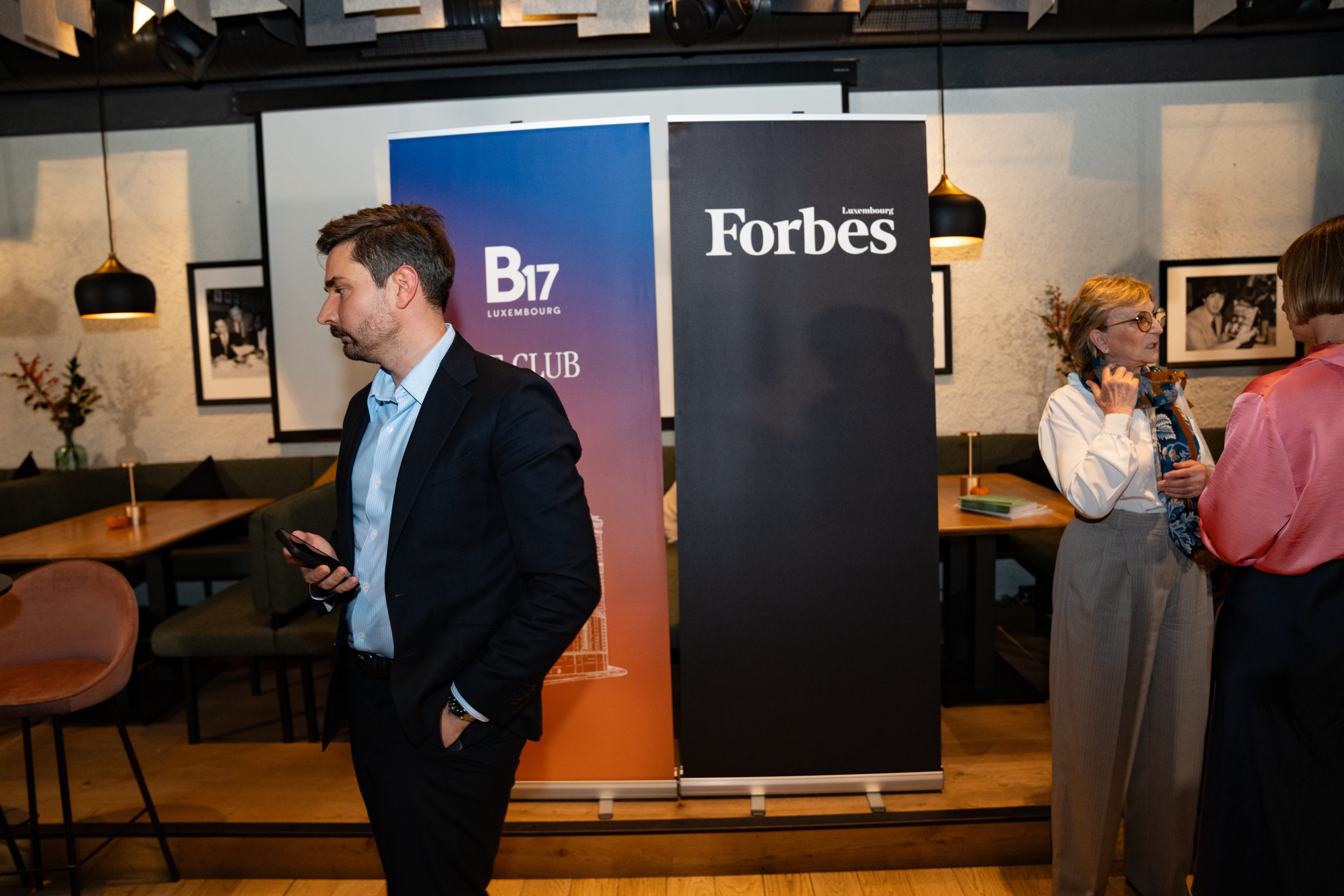On the sidelines of Luxembourg Art Week the Talk B17 × Forbes on 13 November brought together a community of collectors, wealth experts and art enthusiasts eager to better understand a world often viewed as opaque: that of art collecting.
To do so, B17 and Forbes invited a trio of speakers, reflecting the full spectrum of the field: Sophie Clauart, Art Advisor at Puledco, who supports collectors in building and managing their collections; Adriano Picinati di Torcello, Global Art & Finance Coordinator at Deloitte and author of the sector’s benchmark report; and Denis Martin Ato, Senior Wealth Planner at Quintet Private Bank, a specialist in the tax, legal and inheritance aspects associated with artworks.
Held once again in a confidential setting at House17, the event fostered a climate of trust conducive to candid questions, spontaneous testimonies and incisive analysis, distinct from the usual conference format. It offered a genuine immersion in a sector that remains largely unfamiliar, sitting somewhere between private conversation and expert insight.
Between Emotion, Expertise and Asset Reality
From the very first contributions, one point drew unanimous agreement: most collections begin with an emotional impulse. “The vast majority of collections start with passion, and thankfully so,” noted Sophie Clauart. Love at first sight in a gallery, an artwork that irresistibly catches the eye, a memory tied to a particular era… This emotional dimension continues to guide collectors, even the most seasoned ones.
Very quickly, however, the discussion showed that passion alone is not enough. An artwork does not exist in isolation: it must be documented, declared, insured, conserved and transported under proper conditions. “A collection is emotion, but it is also rigorous, digitalised documentation. One cannot go without the other,” explained Adriano Picinati di Torcello. The speakers agreed on a fundamental truth: a collection is built as much through emotions as through paperwork. Invoices, certificates of authenticity, conservation records and provenance details. Without these, an artwork loses value, traceability and liquidity. Many in the audience admitted to having followed their intuition before eventually needing, sometimes belatedly, to structure their artistic assets.
Engagement with the audience made the evening particularly tangible. Several collectors described that pivotal moment when, after years of instinct-driven acquisitions, a simple question arises: “What should I actually do with all these works?” Transport, insurance, taxation, storage, restoration… a series of challenges suddenly surface, each requiring meticulous organisation.
A Market in Flux and Collections in Transformation
The speakers also stressed how rapidly the market is evolving. Collecting no longer concerns paintings or sculptures alone: watches, iconic handbags, classic cars, rare wines, design objects and even fossils now fall under the umbrella of “collectibles”. This rapidly growing segment is attracting a new generation, more diverse in its tastes and more attentive to traceability. Such diversification multiplies opportunities but also responsibilities, as collectors must adapt to highly varied asset categories.
The subject of transmission likewise took centre stage. The experts reminded the audience that passing on an artwork demands careful forward planning. As Denis Martin Ato explained, “the value of a work is never a single number: market value, insurance value and partition value can differ significantly. Without preparation, a unique piece can create imbalances between heirs, generate tensions or lead to a forced sale.” The speakers stressed the importance of dialogue, inventory-building and anticipation—essential both to preserve the coherence of a collection and to avoid family conflict.
Differentiating between insurance value, market value and partition value is therefore indispensable to prevent disputes or rushed sales. Conversely, a structured inventory, well-prepared decisions and open intergenerational dialogue help maintain the integrity and continuity of a collection.
Read more articles:
Talk B17 x Forbes: Luxembourg, A Pioneer In Regulated Digital Finance
An Exclusive Forbes Soirée Marks The Debut Of “Lëtzebuerg Spirit”

